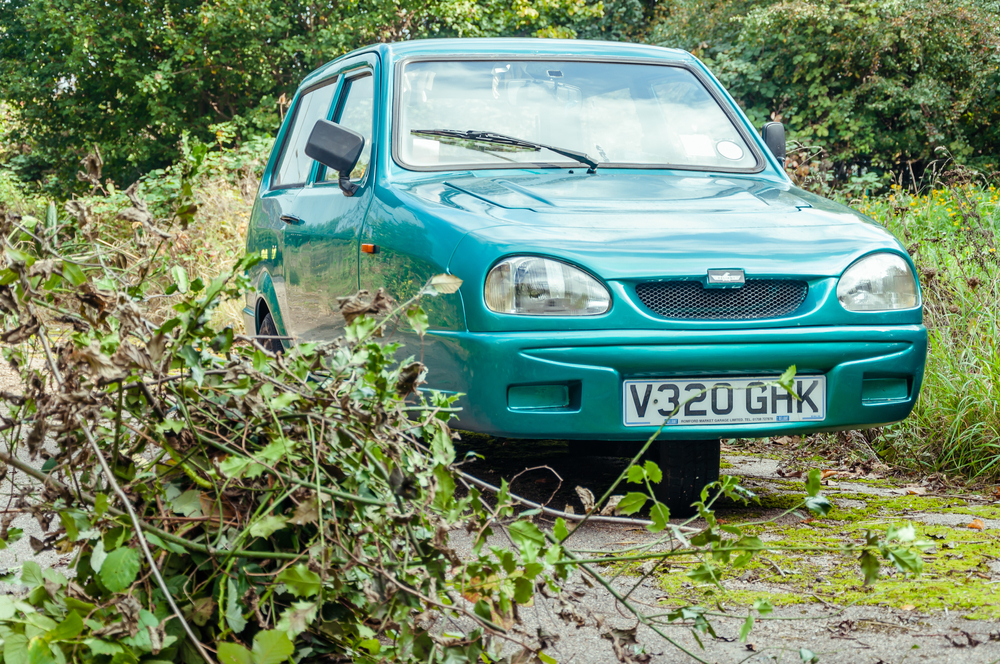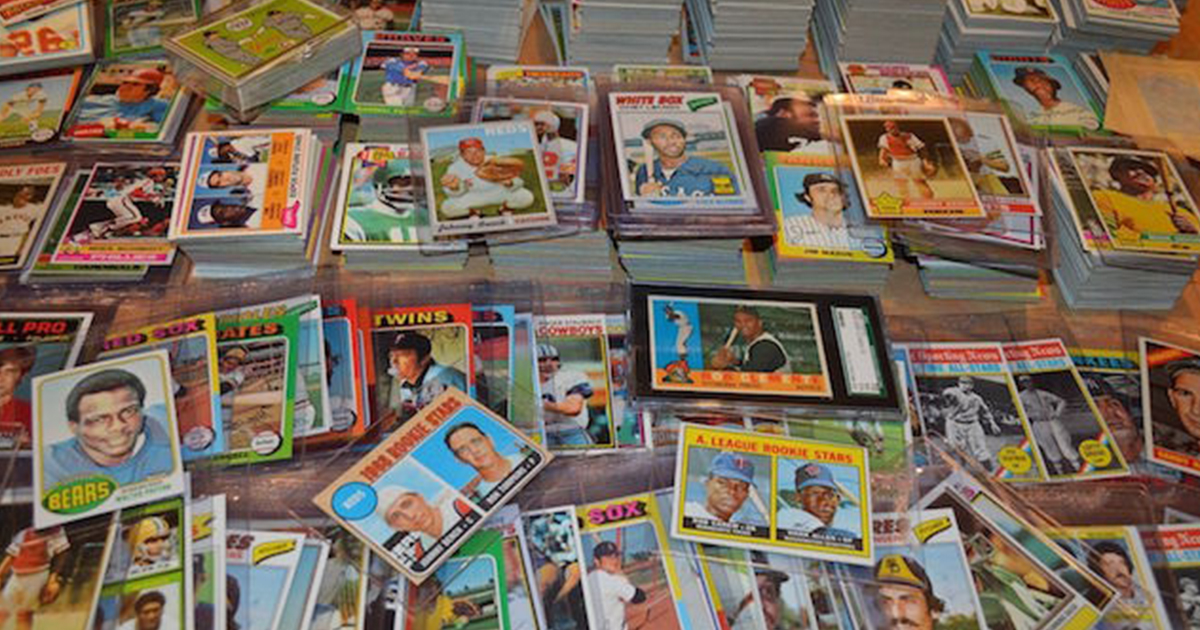Was The Reliant Robin The Worst Car Ever Sold?
The Reliant Robin, with its three-wheel design and fiberglass body, remains one of the most talked-about cars in automotive history. Nicknamed the "Plastic Pig," it became a cultural icon, balancing affordability and eccentricity while sparking debates over its practicality and stability. Loved for its appearances in Top Gear and British sitcoms, the Robin carved out a legacy that’s equal parts humor and ingenuity. Is it a misunderstood marvel or truly the worst car ever sold?
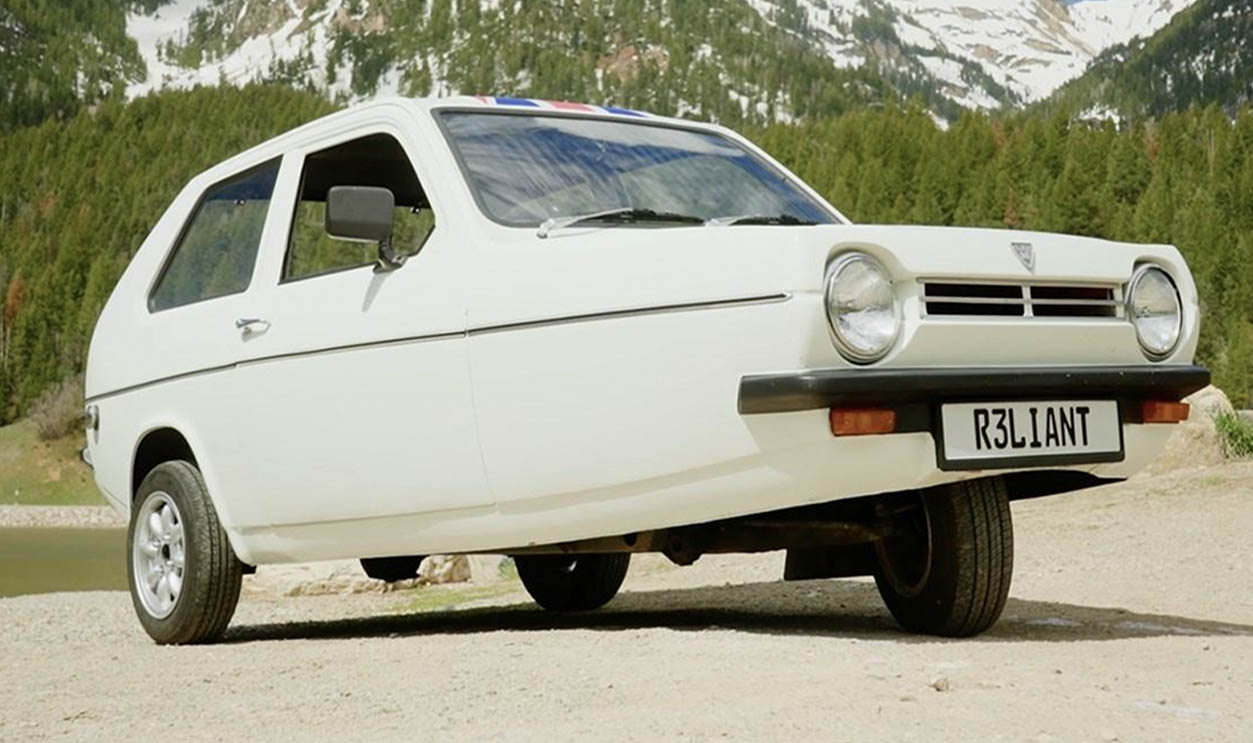
The Rise Of The Reliant Robin
Back in 1973, the Reliant Robin made its grand debut as the successor to the Reliant Regal. What set it apart? Well, for one, it only had three wheels—yes, three! But that wasn’t just for show. It was designed to cater to a specific market of drivers looking for a cheaper, tax-friendly alternative to traditional cars. And it worked! The Robin zipped its way into garages across the UK, proving that being unconventional could pay off.
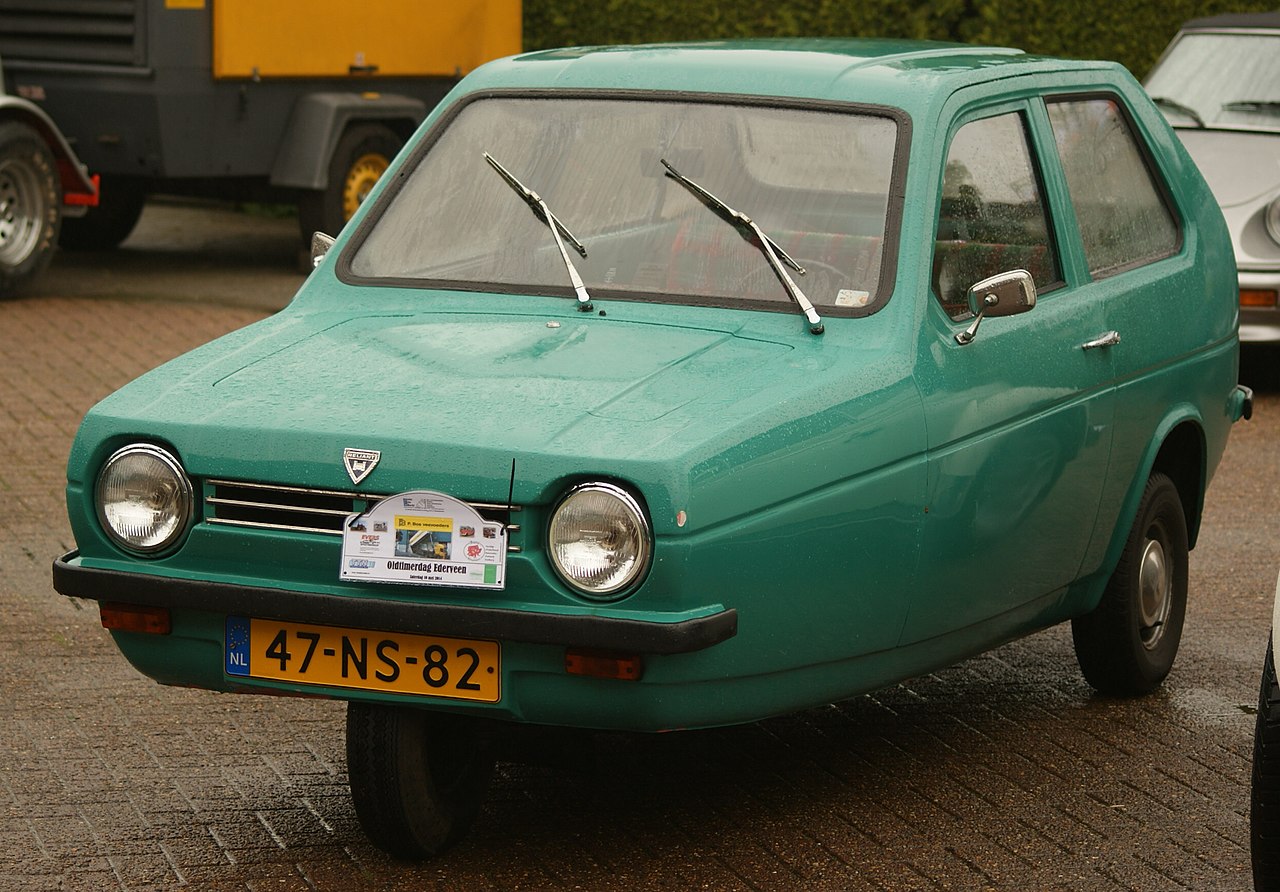 Niels de Wit, CC BY 2.0, Wikimedia Commons
Niels de Wit, CC BY 2.0, Wikimedia Commons
A Three-Wheeled Icon Of British Culture
The Reliant Robin wasn’t just a car—it was a cultural phenomenon. Lovingly (or not-so-lovingly) nicknamed the “Plastic Pig,” it became a symbol of British eccentricity. It even made regular appearances on TV, from the hilariously dramatic flips on Top Gear to the ongoing battles with Mr Bean’s Mini. The Robin was more than transportation—it was entertainment on wheels.
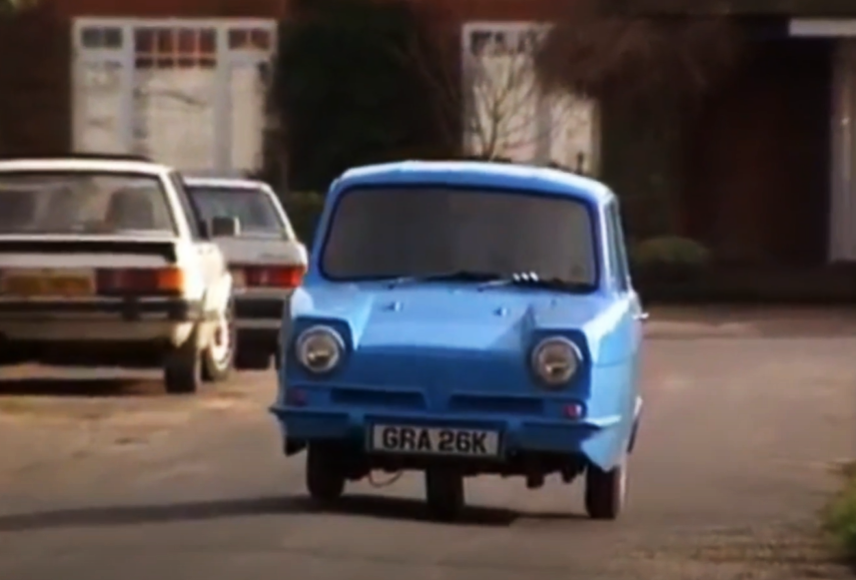 Tiger Aspect Productions, Mr. Bean (1990–1995)
Tiger Aspect Productions, Mr. Bean (1990–1995)
The Tax Loophole That Made It Popular
Here’s the Robin’s genius: it was classified as a motorcycle because of its three wheels and lightweight build. That meant lower taxes and the ability to drive it with just a motorcycle license—talk about beating the system! For many Brits in the 1970s, it wasn’t just quirky; it was an affordable dream on three wheels.
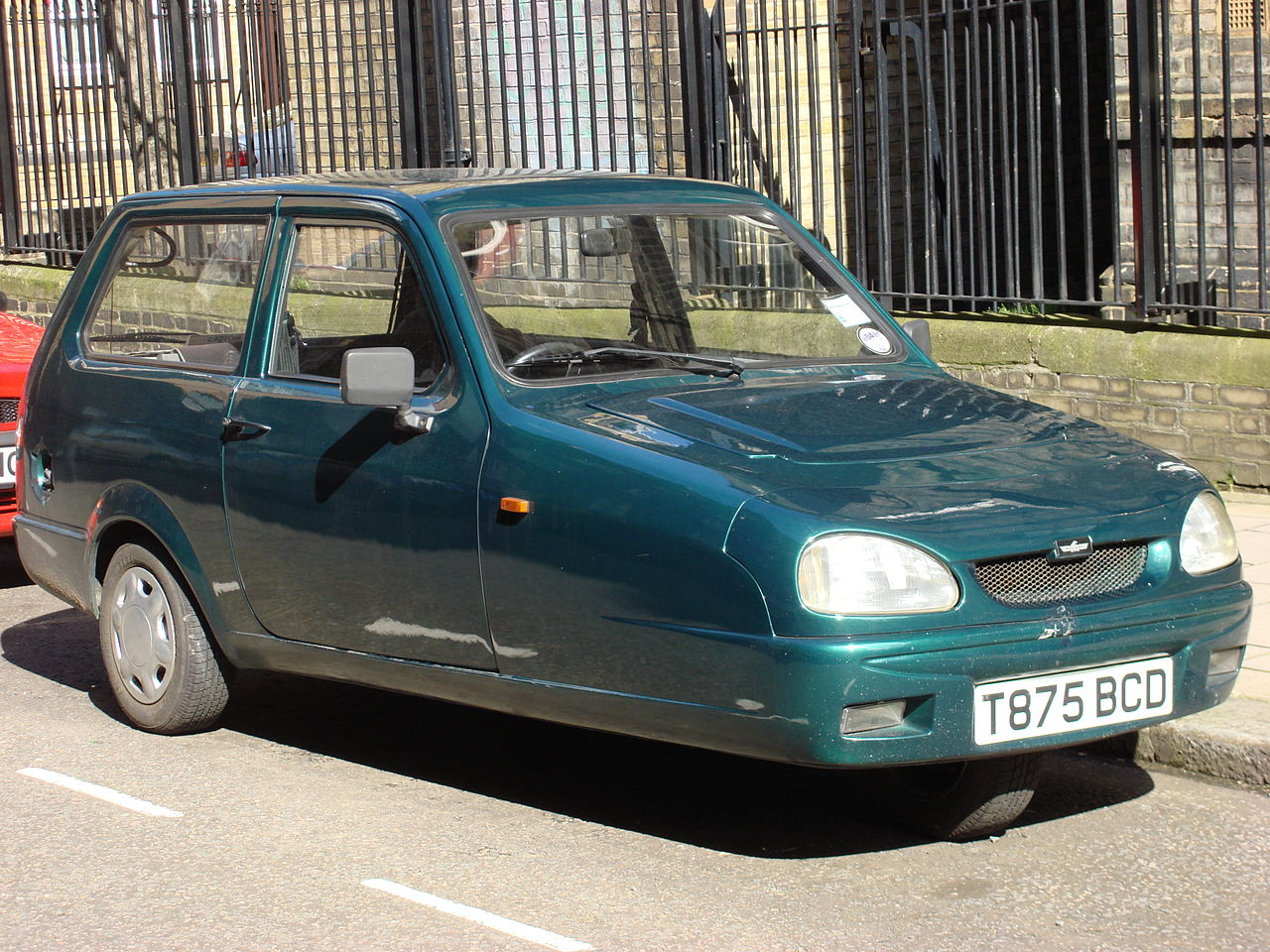 Oxyman, CC BY-SA 3.0, Wikimedia Commons
Oxyman, CC BY-SA 3.0, Wikimedia Commons
Why The Reliant Robin Was So Affordable
The Robin’s affordability came down to its unique construction. Instead of heavy steel, Reliant opted for fiberglass, keeping costs low and the car lightweight. Pair that with a simple, fuel-efficient engine and just the essentials inside, and you’ve got yourself a car that was easy on the wallet. Of course, that also meant you had to embrace its “charm”.
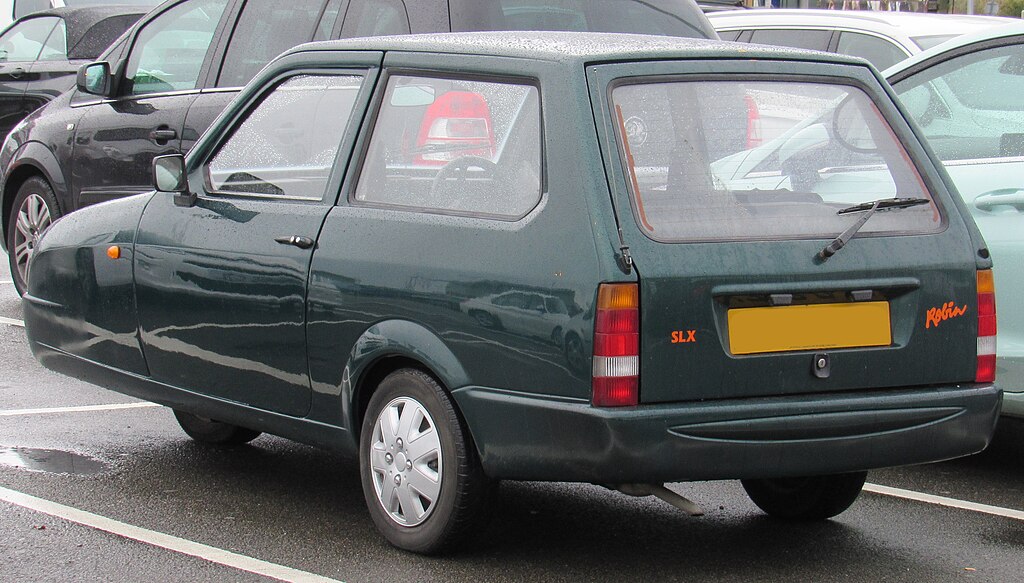 Vauxford, CC BY-SA 4.0, Wikimedia Commons
Vauxford, CC BY-SA 4.0, Wikimedia Commons
Fiberglass Innovation In Auto Design
Fiberglass might not have been the first material you’d think of for building cars, but in the 1970s, it was revolutionary. Reliant embraced this lightweight material for the Robin, giving it a unique (slightly odd) look while dramatically improving fuel efficiency. Sure, it wasn’t as tough as steel, but when your car sips gas like a hummingbird, who’s complaining?
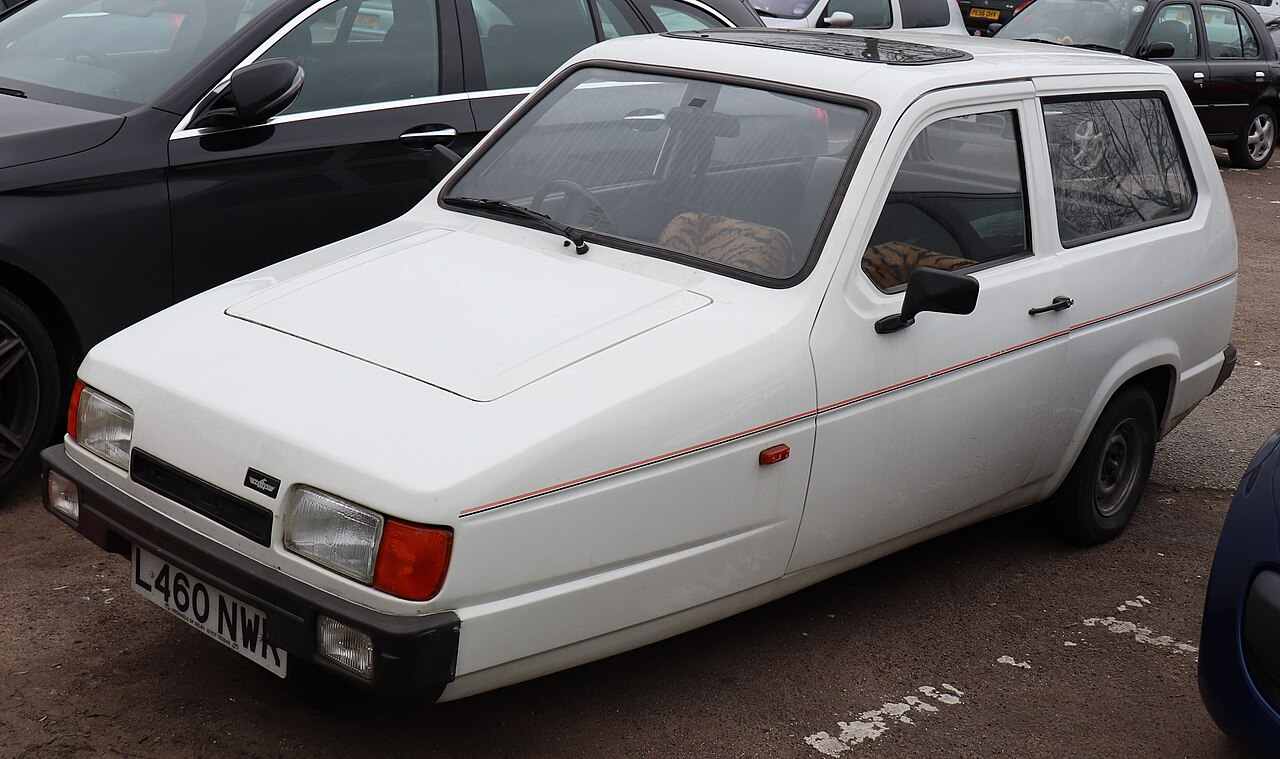 Vauxford, CC BY-SA 4.0, Wikimedia Commons
Vauxford, CC BY-SA 4.0, Wikimedia Commons
How Weather Exposed The Robin’s Strengths And Flaws
Rain, snow, or shine, the Reliant Robin faced it all—and sometimes wobbled. Its fiberglass body resisted rust, making it a favorite in damp climates like the UK. However, high winds and icy roads exposed its biggest flaw: instability. Drivers quickly discovered that careful handling was key to avoiding unplanned adventures. While its durability against corrosion was a strength, its handling in difficult weather conditions highlighted the limitations of its unconventional design.
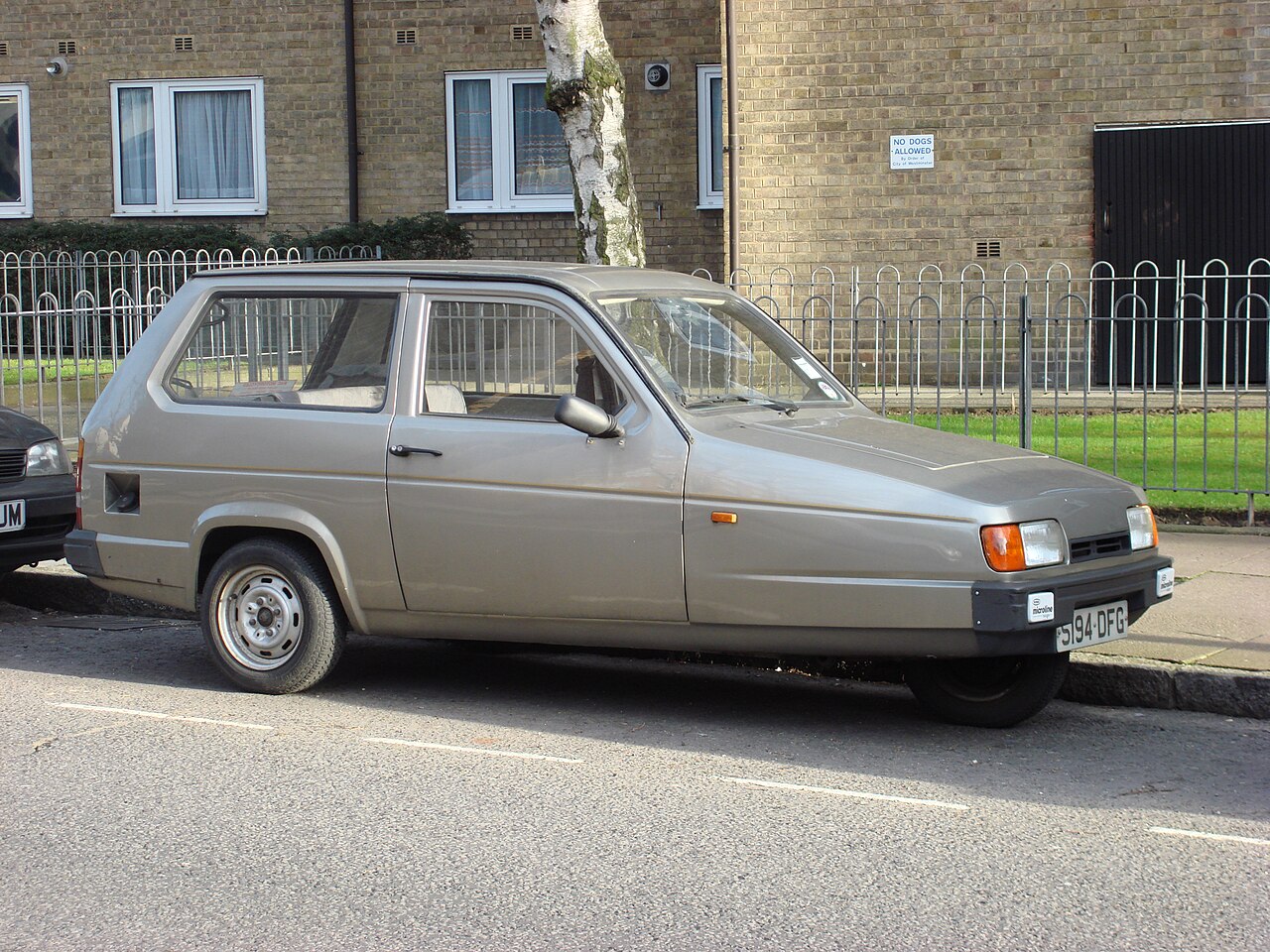 Oxyman, CC BY-SA 3.0, Wikimedia Commons
Oxyman, CC BY-SA 3.0, Wikimedia Commons
From Reliant Regal To Reliant Robin
The Reliant Robin didn’t come out of nowhere—it was born as an upgrade to the Reliant Regal. With the same focus on lightweight design and affordability, the Robin inherited the Regal’s practicality while adding a more modern (for the time) aesthetic. It might not have been glamorous, but it got the job done—and that was enough for its loyal fans.
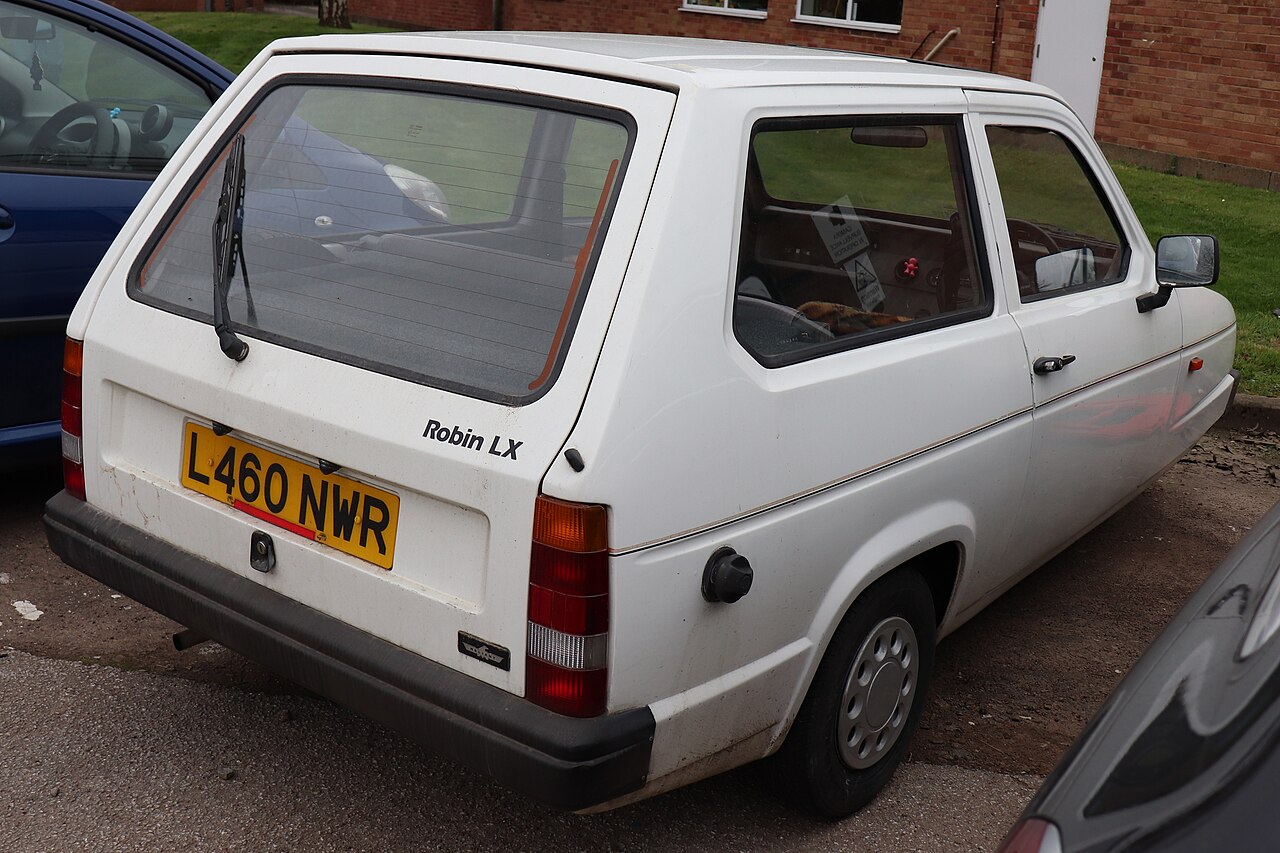 Vauxford, CC BY-SA 4.0, Wikimedia Commons
Vauxford, CC BY-SA 4.0, Wikimedia Commons
Ogle Design And The Birth Of The Robin
The Reliant Robin owes its quirky and unmistakable look to Ogle Design, a firm known for blending practicality with flair. Having already worked on the futuristic Bond Bug and sleek Reliant Scimitar, Ogle brought their signature touch to the Robin. Sure, the design leaned more “memorable” than “elegant,” but it was functional, affordable, and totally one-of-a-kind. Let’s just say, when you saw a Robin on the road, you definitely knew it wasn’t a boring sedan.
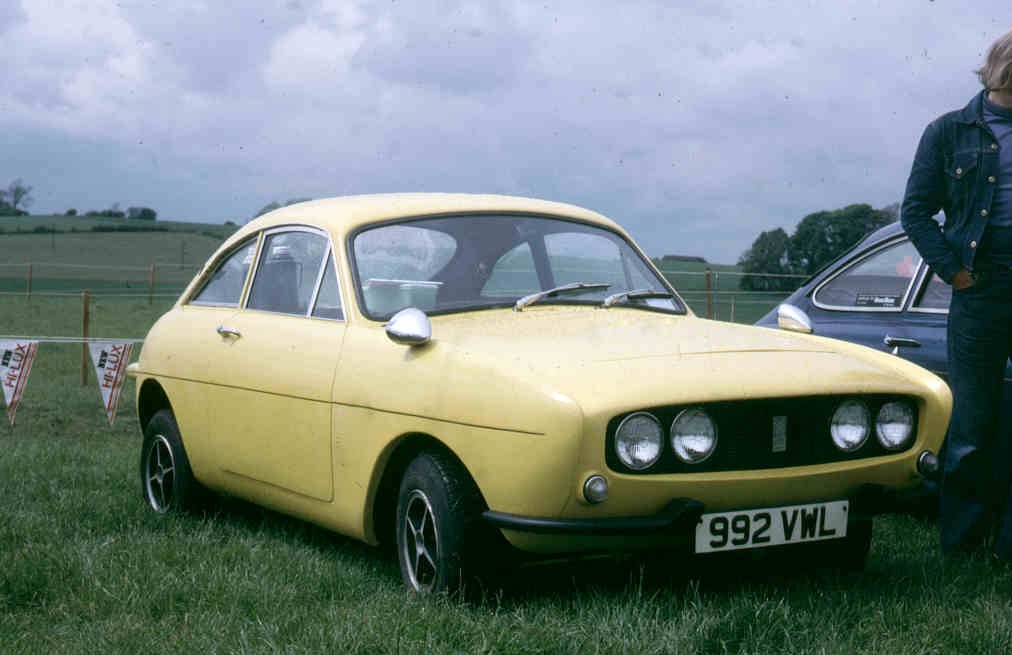 User Malcolm, CC BY-SA 2.5, Wikimedia Commons
User Malcolm, CC BY-SA 2.5, Wikimedia Commons
The Fuel Crisis And The Robin's Popularity
The 1970s fuel crisis was a dark time for many drivers—but not for Reliant Robin owners. With fuel efficiency reaching up to 70 miles per gallon, the Robin was a lifesaver for those looking to stretch every drop of gas. It might not have been fast, but it sure was frugal, and in those days, that’s what mattered most.
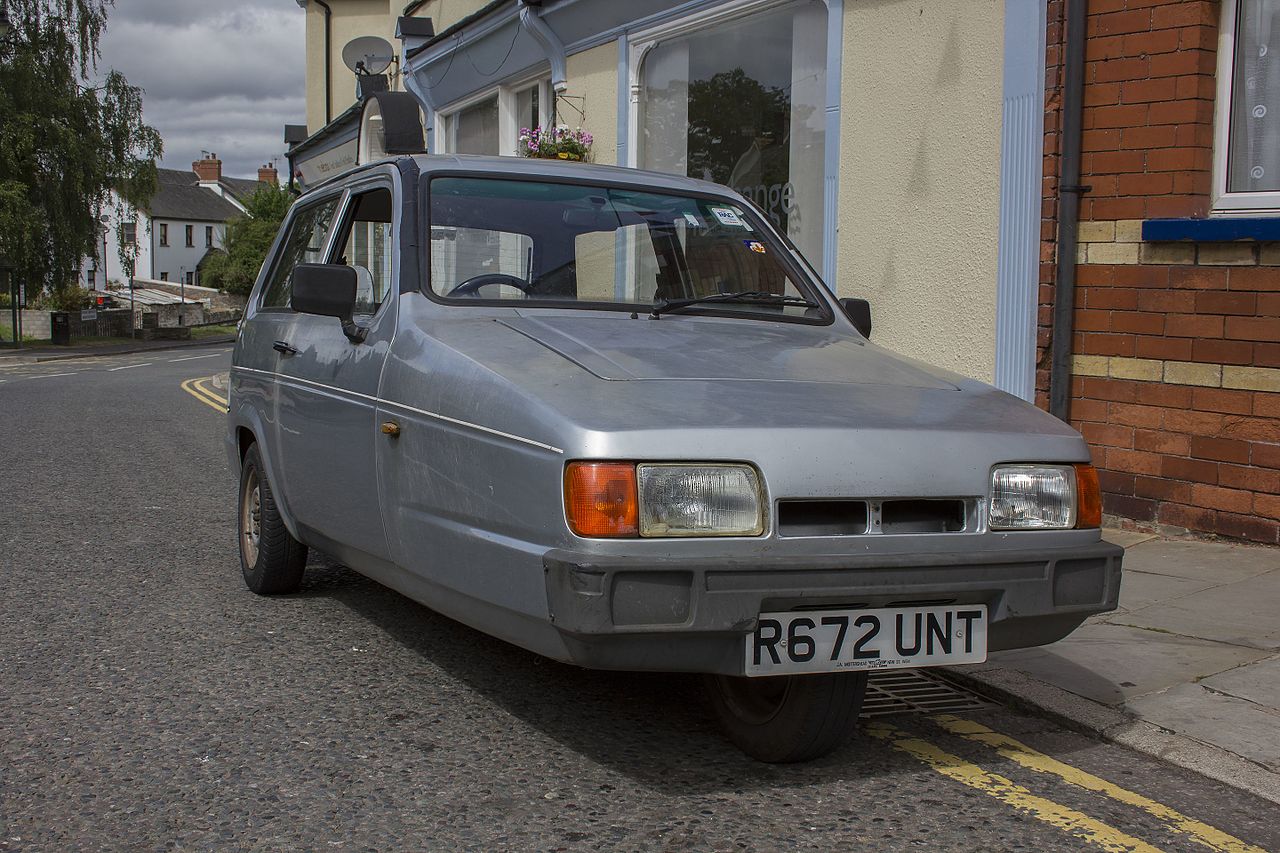 Jeremy Segrott, UK, CC BY 2.0,Wikimedia Commons
Jeremy Segrott, UK, CC BY 2.0,Wikimedia Commons
License Perks For Three-Wheeled Cars
The Reliant Robin’s three-wheeled design earned it a unique classification as a tricycle under UK law. This meant that drivers with a motorcycle license—particularly those issued before 2001—could take it on the road without needing a full car license. For cost-conscious motorists, this licensing loophole made the Robin an appealing and affordable way to enjoy car-like freedom.
 Charles01, CC BY-SA 3.0, Wikimedia Commons
Charles01, CC BY-SA 3.0, Wikimedia Commons
Compact, Lightweight, And Efficient
The Reliant Robin was a minimalist ride, weighing under 450 kilograms with a fiberglass body that kept it incredibly light. This design allowed for impressive fuel efficiency, and its small frame made it ideal for navigating narrow city streets and parking in tight spots. While it wasn’t built for speed or sharp handling, its practicality and ease of use earned it a loyal following.
 Jiří Sedláček, CC BY-SA 4.0,Wikimedia Commons
Jiří Sedláček, CC BY-SA 4.0,Wikimedia Commons
Top Speed And Performance Highlights
Let’s be real—the Reliant Robin wasn’t built to dominate the drag strip. With a top speed of around 85 mph, it was more about cruising than racing. Still, its lightweight design made it surprisingly quick off the line for short bursts, especially in city traffic. While its stability wasn’t ideal, it found a niche among drivers who valued efficiency over adrenaline.
 Edoderoo, CC BY-SA 4.0, Wikimedia Commons
Edoderoo, CC BY-SA 4.0, Wikimedia Commons
Safety Features And Stability Concerns
Safety wasn’t exactly the Reliant Robin’s strong suit. Its three-wheeled design, with a single wheel upfront for steering, made it light and nimble—but also famously unstable. A sharp turn or sudden swerve could easily send it tipping over, earning it nicknames like “Tippy Canoe”. While its affordability and compact size were appealing, drivers quickly learned that careful cornering was essential to avoid any unexpected rollovers.
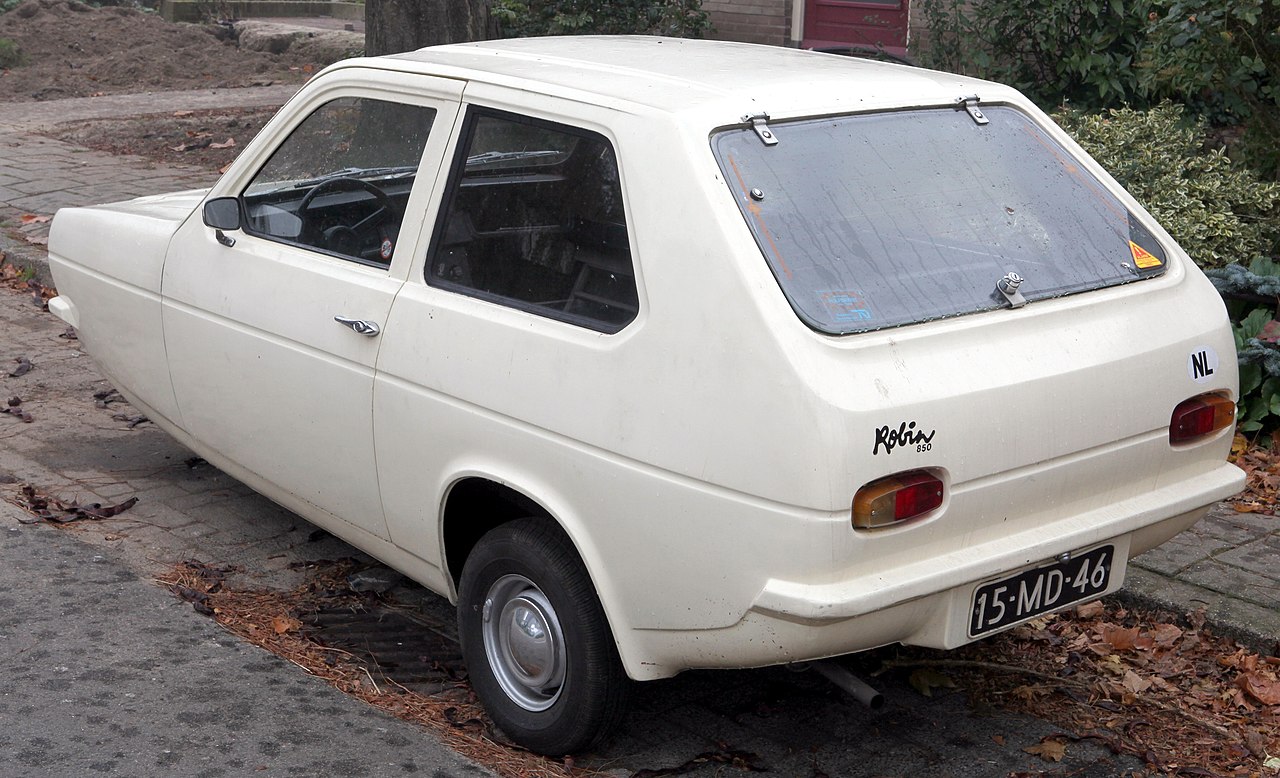 Joost J. Bakker, CC BY 2.0, Wikimedia Commons
Joost J. Bakker, CC BY 2.0, Wikimedia Commons
The Robin's Role In British Sitcoms
The Reliant wasn’t just a car—it was a scene-stealer in British comedy. The iconic yellow van driven by Del Boy and Rodney in Only Fools and Horses was a Reliant Regal Supervan III, often mistaken for the Robin. Similarly, Mr Bean made comedic use of a blue three-wheeler, also a Regal Supervan III, in countless hilarious moments. While the Robin itself wasn’t the star, its close association with its Regal sibling cemented Reliant’s three-wheelers as pop culture icons.
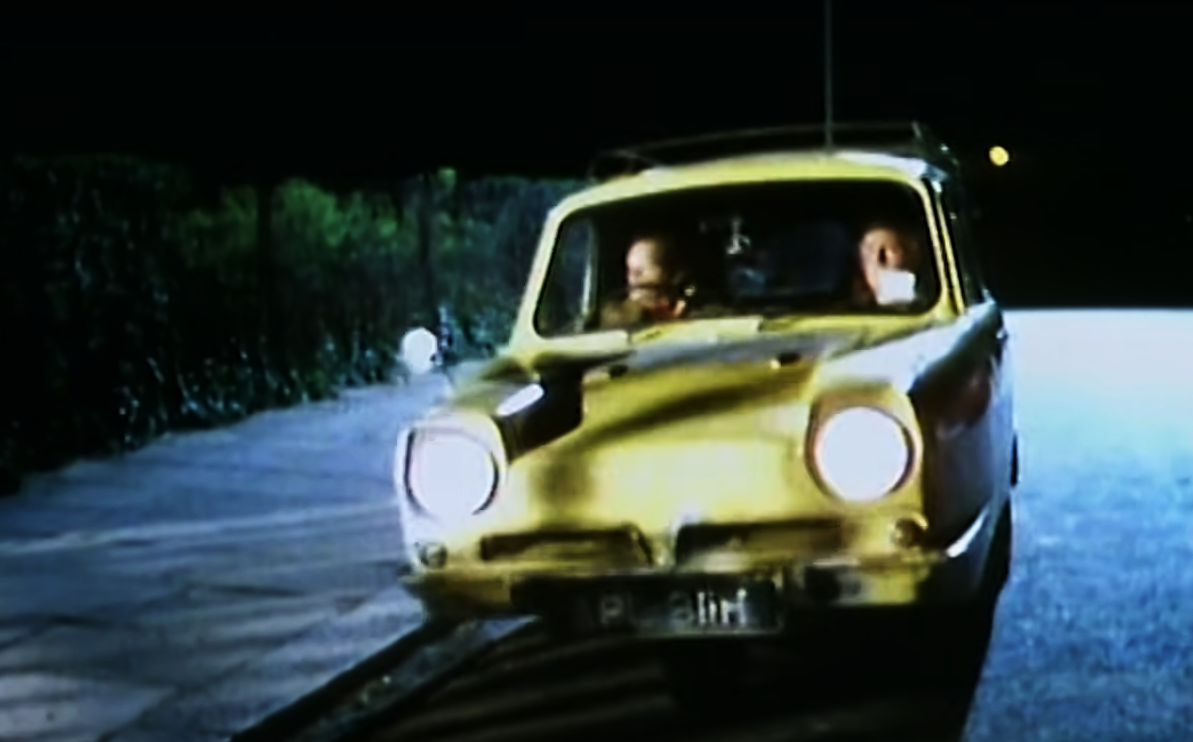 BBC, Only Fools and Horses (1981–2003)
BBC, Only Fools and Horses (1981–2003)
Mr Bean's Ongoing Feud With The Robin
If you’ve watched Mr Bean, you’ll remember the blue three-wheeled car that couldn’t catch a break. Constantly tipped over, shoved aside, or losing every parking battle, it became a comedic foil to Rowan Atkinson’s Mini in a running gag that never failed to amuse. While often mistaken for the Reliant Robin, the star of this slapstick rivalry was actually the Reliant Regal Supervan III—a detail that only adds to the quirky legacy of Reliant’s three-wheelers.
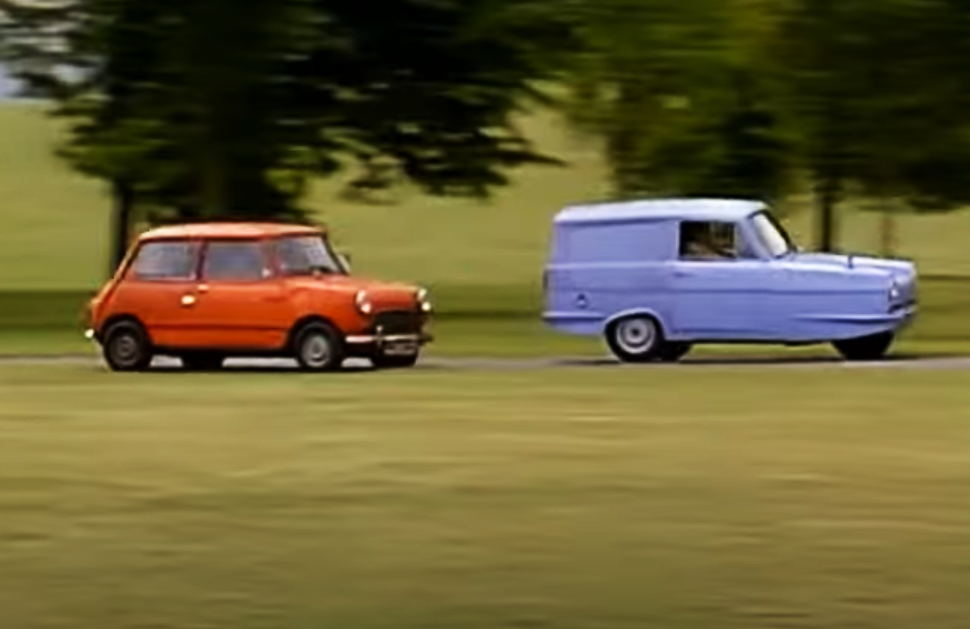 Tiger Aspect Productions, Mr. Bean (1990–1995)
Tiger Aspect Productions, Mr. Bean (1990–1995)
The Robin's Infamy On Top Gear
The Reliant Robin didn’t just make a cameo on Top Gear—it became the ultimate “car-tastrophe”. In one unforgettable episode, Jeremy Clarkson drove a Robin modified to roll over at the slightest provocation, hilariously showcasing its supposed instability. From toppling over during gentle turns to outright chaos on straightaways, the segment became an instant classic. Later, Clarkson admitted the Robin had been deliberately altered to exaggerate its flaws, but he also confessed he had a soft spot for the plucky little three-wheeler. It may not have impressed car enthusiasts, but it entertained millions and solidified the Robin’s place in Top Gear history.
 Framestore, Top Gear (2002–2022)
Framestore, Top Gear (2002–2022)
Why Jeremy Clarkson Called It Dangerous
Jeremy Clarkson once described driving the Reliant Robin as “like inviting your mum ’round for an evening on chatroulette”—a scenario no one wants to be in. On Top Gear, he turned the Robin’s instability into comedic gold, flipping it over multiple times during a drive. Was it dangerous? Definitely. But it was also unforgettable, solidifying the Robin’s status as an automotive oddball.
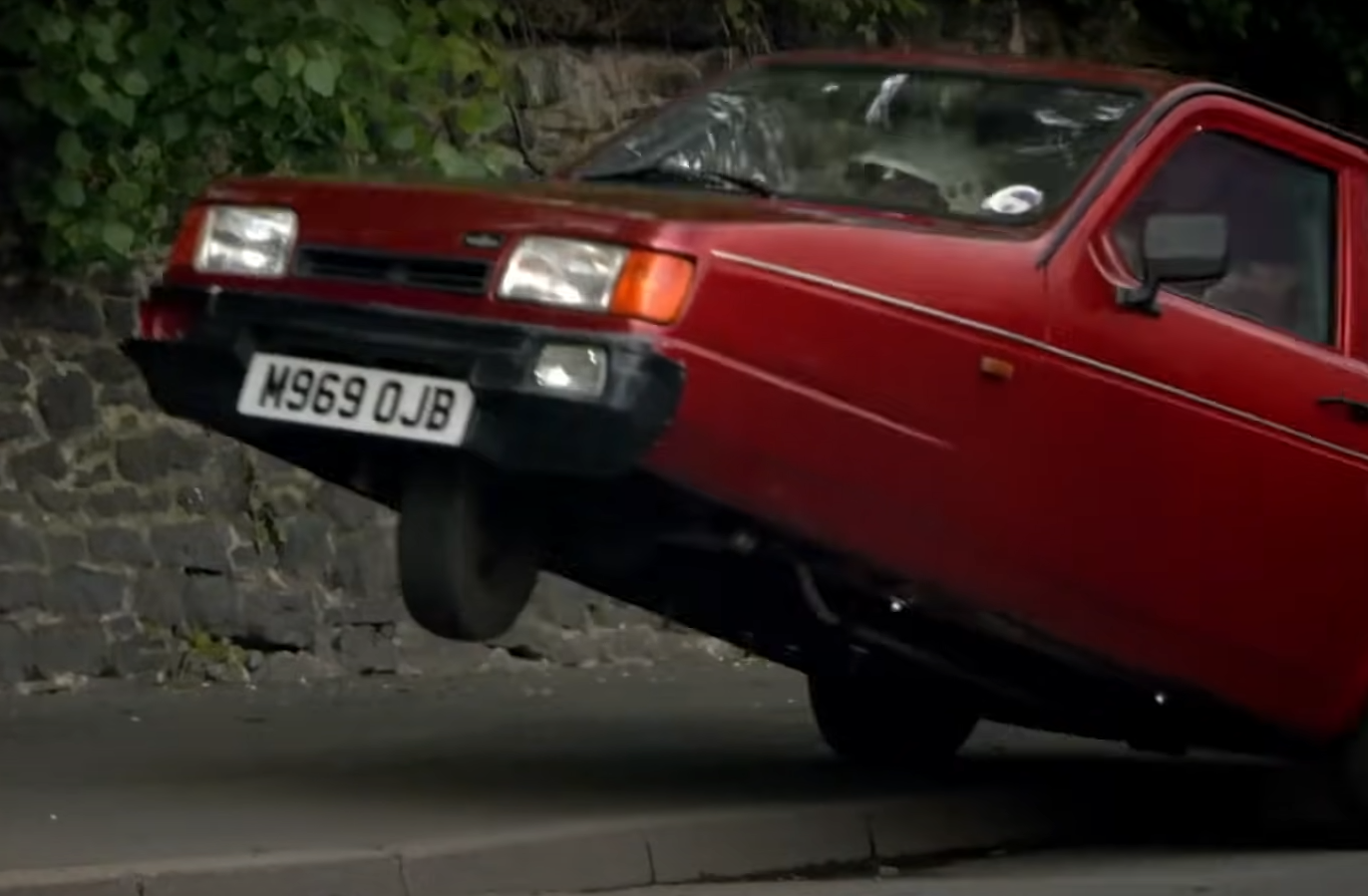 Framestore, Top Gear (2002–2022)
Framestore, Top Gear (2002–2022)
The Unforgettable Plastic Pig Nickname
The Reliant Robin didn’t just earn a nickname—it embraced an identity. Known affectionately (and sometimes teasingly) as the “Plastic Pig,” this nickname highlighted its lightweight fiberglass body and quirky shape. Far from taking offense, many Robin owners leaned into the name, celebrating it as a badge of the car’s unique character. In a world of lookalike sedans, the Robin stood out—and that kind of individuality deserves a cheeky nickname.
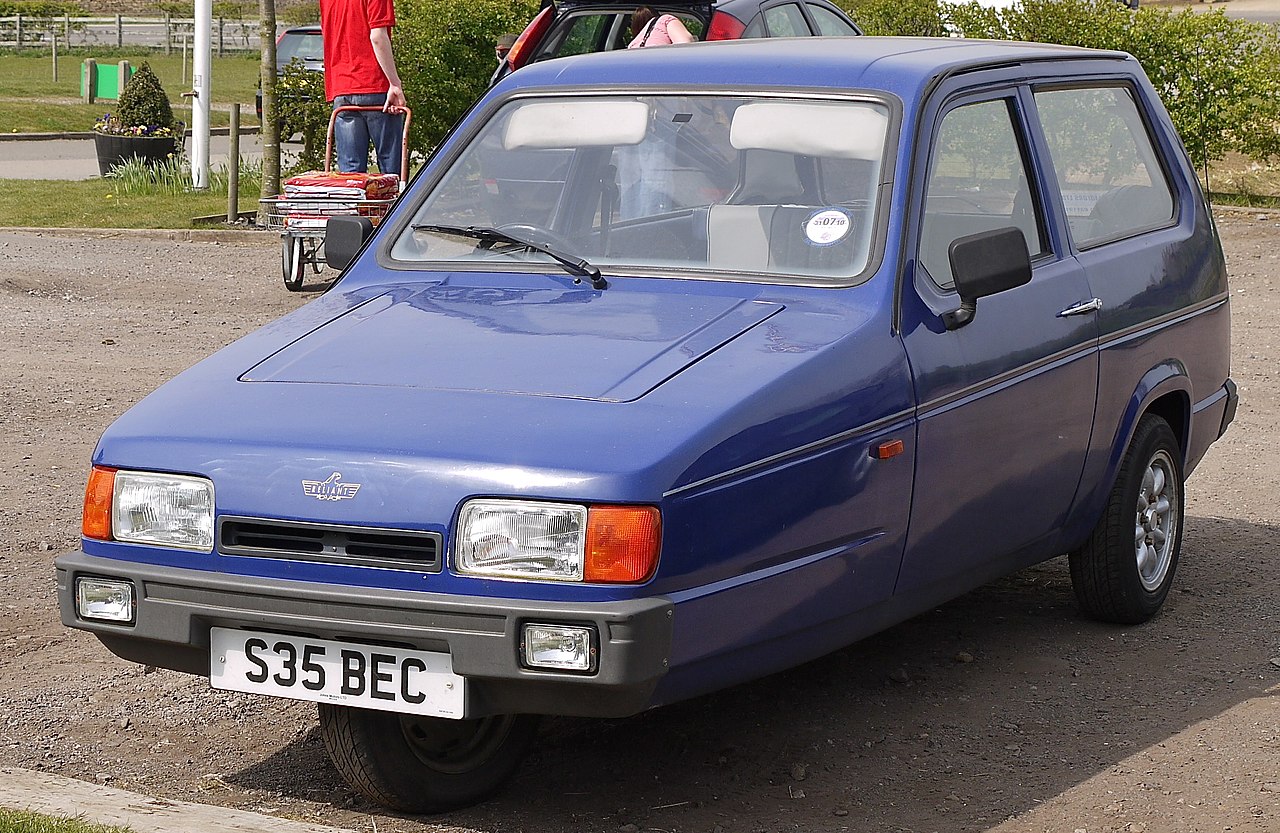 Mick, CC BY 2.0, Wikimedia Commons
Mick, CC BY 2.0, Wikimedia Commons
The Robin's Impact On Motorcycle Laws
Did you know Robin helped shape UK motorcycle laws? Because it was classified as a motorcycle, you could drive one with just a motorcycle license—until rules changed in 2001. The Robin’s unique status highlighted the quirks of licensing laws, proving that even a car could leave a mark on regulatory history.
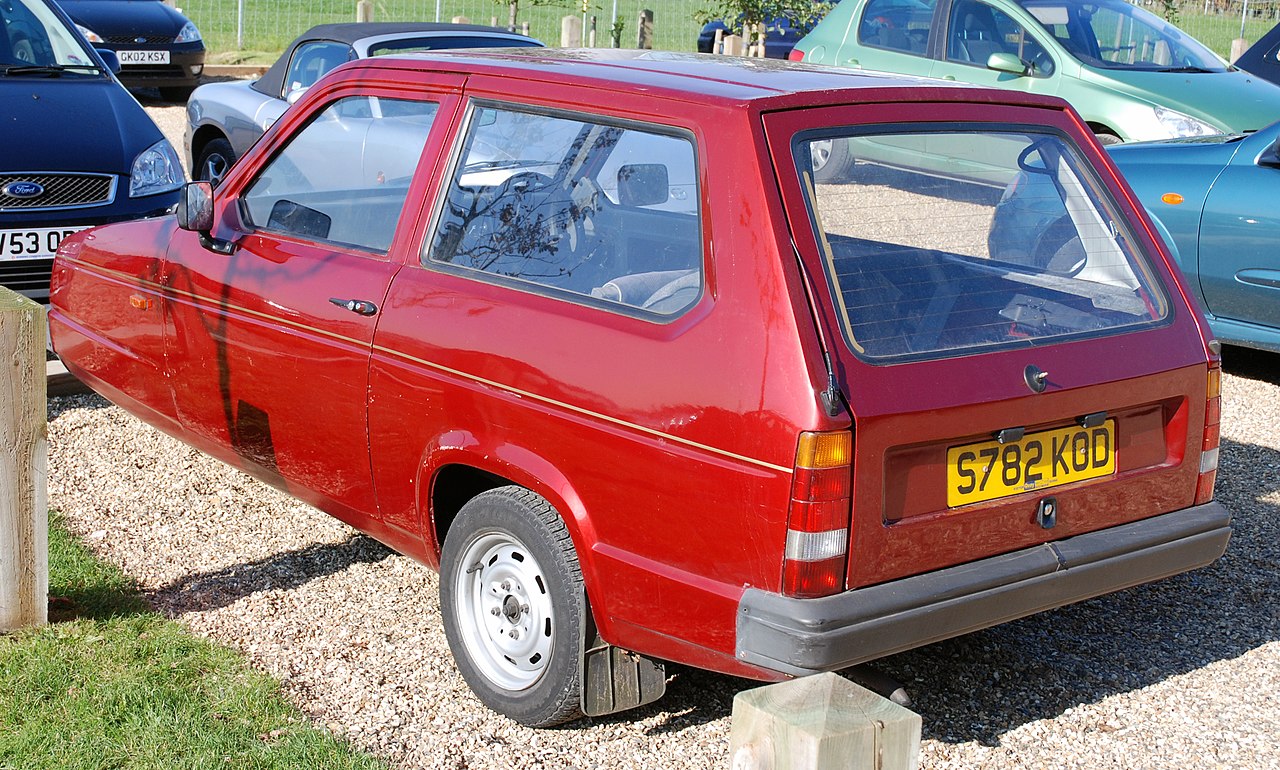 allen watkin, CC BY-SA 2.0, Wikimedia Commons
allen watkin, CC BY-SA 2.0, Wikimedia Commons
Limited Editions And Collectors’ Models
Reliant knew how to keep things interesting, rolling out limited editions like the Robin Jubilee and the Robin 65 to capture attention. The Robin Jubilee added a touch of celebratory flair, while the Robin 65—introduced in 2001 as a farewell model—took things up a notch with gold metallic paint, red and grey leather seats, and walnut dashboards. Today, these rare editions are prized by collectors who appreciate the Robin’s unique legacy and the charm that made it unforgettable.
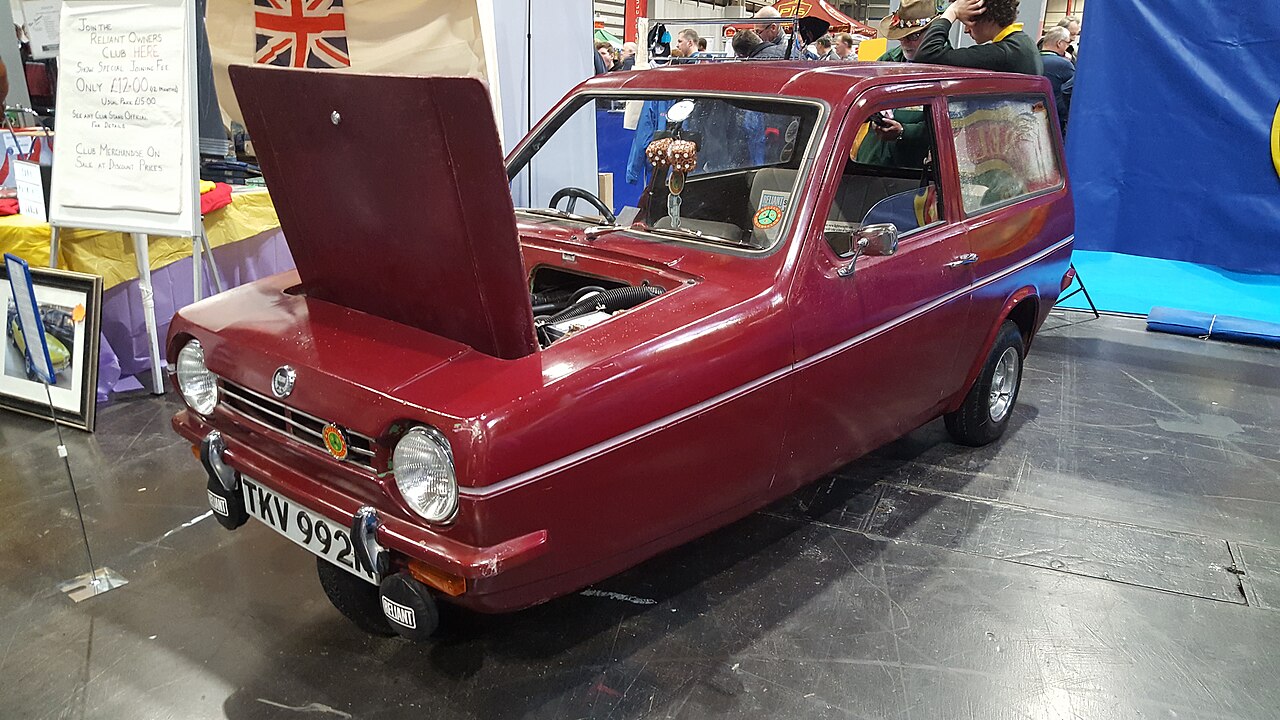 Kieran White, CC BY 2.0, Wikimedia Commons
Kieran White, CC BY 2.0, Wikimedia Commons
The Green Rocker Cover: Unleaded Upgrades
In the 1990s, the Reliant Robin got a green makeover—literally. As part of its shift toward unleaded engines, Reliant introduced a visible green rocker cover to signify the eco-friendly upgrade. These engines, equipped with hardened valve seats, were designed to run on unleaded fuel, aligning with the environmental focus of the era. It wasn’t just a practical update—it was a sign that even the Robin could evolve with the times.
 Charles01, CC BY-SA 3.0, Wikimedia Commons
Charles01, CC BY-SA 3.0, Wikimedia Commons
Styling Evolution: Mark I To Mark III
The Reliant Robin wasn’t just a one-hit wonder—it evolved through three distinct versions, each a step closer to modern small car design. The Mark I (1973–1981) kept things simple and practical, offering a lightweight fiberglass body and a 750cc engine. By the time the Mark II (1981–1989) rolled out, the Robin had smoothed its edges—literally—with refined lines and interior updates for a more comfortable ride. The Mark III (1989–2002) took it even further, embracing rounded edges, updated dashboards, and upholstery that made it feel more like a proper car and less like an unconventional experiment.
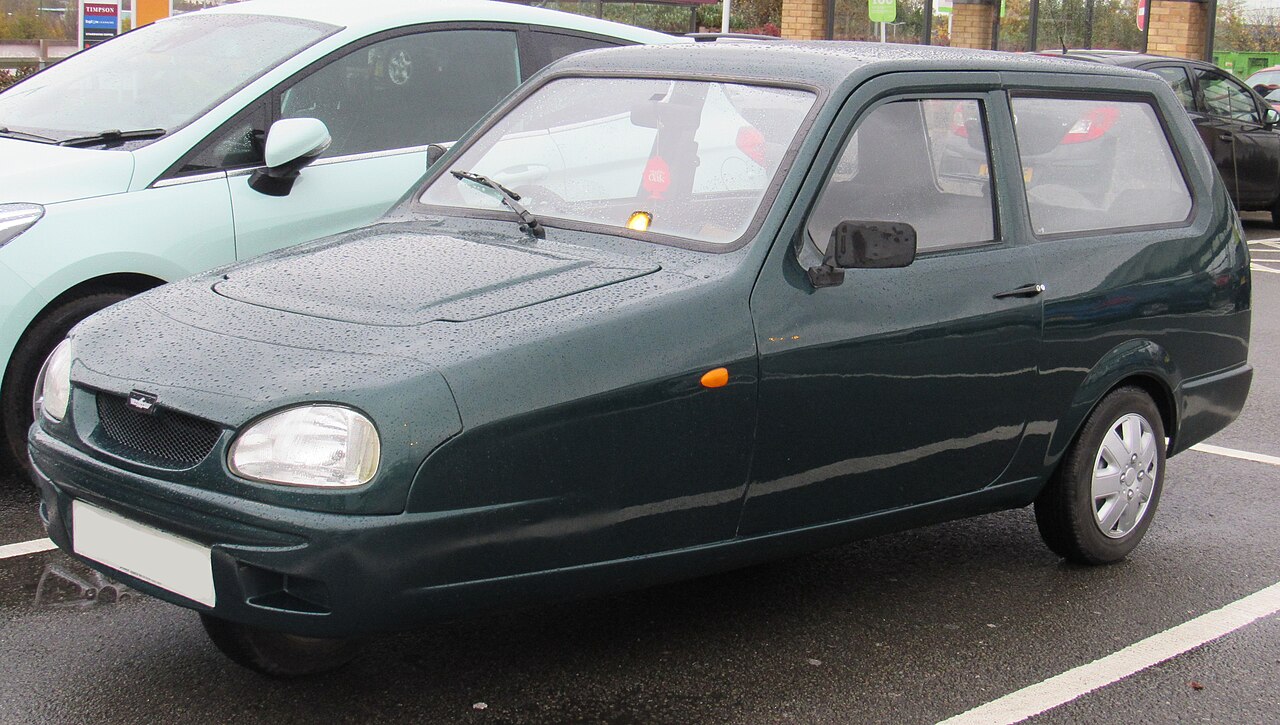 Vauxford, CC BY-SA 4.0, Wikimedia Commons
Vauxford, CC BY-SA 4.0, Wikimedia Commons
European Production: Made In Greece
Surprisingly, the Reliant Robin found a second home in Greece. From 1974 to 1978, it was produced under license by MEBEA (Biotechnia Ellinikon Trikyklon), expanding its reach beyond the UK. This period demonstrated the Robin’s practicality and affordability resonated with drivers far beyond British borders. Its production in Greece added a unique international dimension to its legacy.
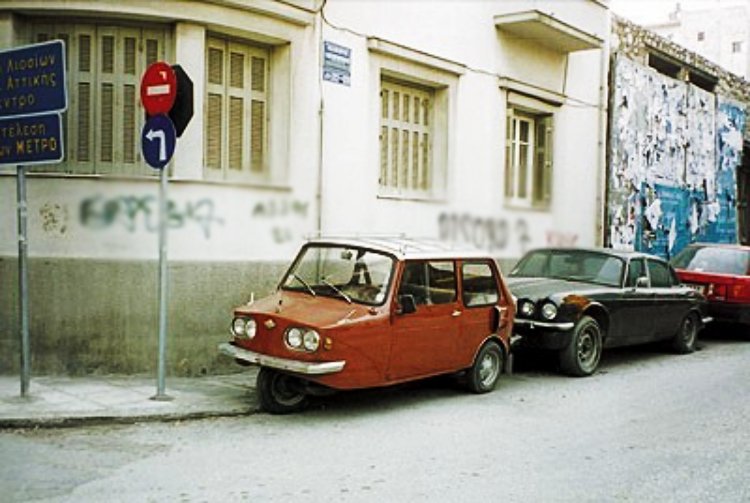 Skartsis, CC BY-SA 3.0, Wikimedia Commons
Skartsis, CC BY-SA 3.0, Wikimedia Commons
The Robin 65 And Its Luxurious Finish
In 2000, Reliant gave the Robin a grand send-off with the special edition Robin 65. Decked out with gold metallic paint, red and grey leather seats, and walnut dashboards, this was the Robin’s most luxurious look yet. Each car even came with a gold plaque engraved with the owner’s name—a classy farewell for a car often at the center of jokes. Priced at £10,000, the Robin 65 proved that this unconventional three-wheeler could bow out in style.
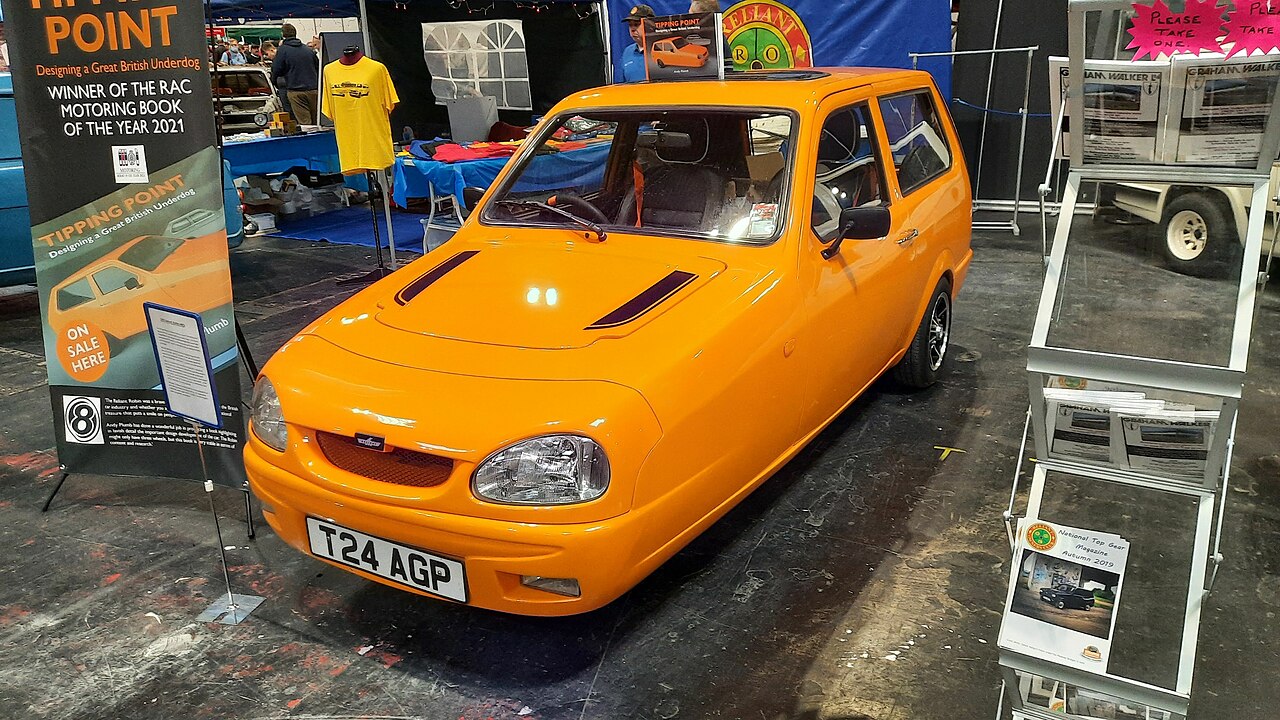 Kieran White, CC BY 2.0, Wikimedia Commons
Kieran White, CC BY 2.0, Wikimedia Commons
The Role Of B&N Plastics In The Robin's History
After Reliant stopped producing the Robin in 2001, B&N Plastics stepped in to keep the dream alive under license. However, the venture faced challenges from the start, with production plagued by financial and operational issues. Fewer than 50 units were produced by October 2002, but the attempt showed just how much the Robin meant to its devoted fans, who couldn’t bear to see it fade away.
The Failed Concepts: Electric And Diesel Versions
Reliant didn’t shy away from innovation, exploring ideas for electric and diesel versions of the Robin. These concepts could have given the car a futuristic twist, but unfortunately, they never made it past the concept stage. Despite these unrealized plans, the Robin stayed true to its gas-powered roots, maintaining the charm that endeared it to so many.
 Mick, CC BY 2.0, Wikimedia Commons
Mick, CC BY 2.0, Wikimedia Commons
Economic Benefits Of Owning A Reliant Robin
The Reliant Robin wasn’t just easy on the wallet—it practically redefined affordable car ownership. Its lightweight fiberglass body meant fewer stops at the gas pump and lower maintenance costs. Add in its three-wheeler classification, which scored drivers lower tax rates, and it’s no wonder the Robin became a go-to for budget-conscious Brits. For those looking to save a pound or two, it was a clear winner.
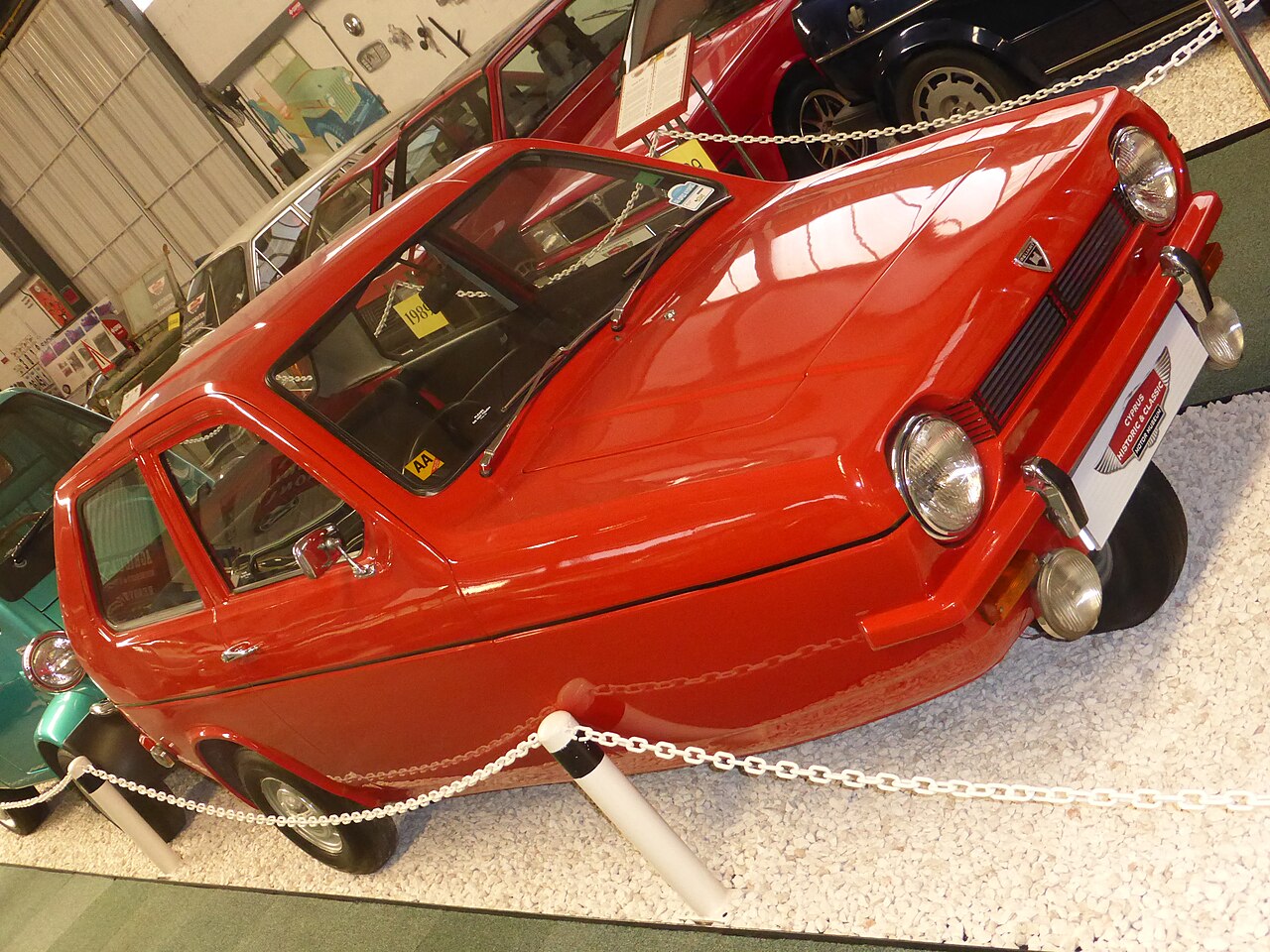 Andrew Bone, CC BY 2.0, Wikimedia Commons
Andrew Bone, CC BY 2.0, Wikimedia Commons
When Fiberglass Was A Revolutionary Choice
In an era dominated by heavy steel, Reliant decided to go light—literally. By using fiberglass for the Robin’s body, they created a car that was economical, fuel-efficient, and easy to produce. While the material earned the Robin cheeky nicknames like “Plastic Pig,” it also showcased Reliant’s innovative edge. This bold move set the Robin apart and made it a pioneer in lightweight car design.
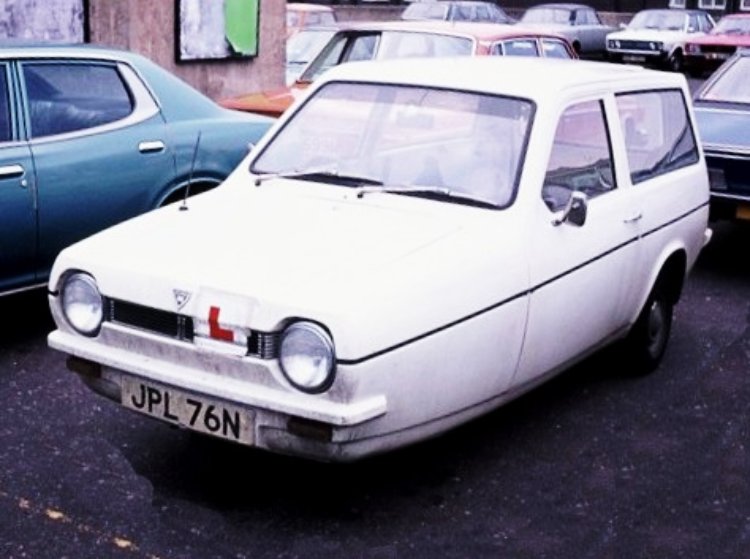 Charles01, CC BY-SA 3.0, Wikimedia Commons
Charles01, CC BY-SA 3.0, Wikimedia Commons
Reliant’s Place As A Top British Manufacturer
At its peak, Reliant was punching well above its weight, becoming the second-largest British car manufacturer. Models like the Robin and Scimitar propelled the company to prominence in its niche of small, economical vehicles. While it may not have rivaled giants like Jaguar or Austin, Reliant proved that a little creativity—and a three-wheeled approach—could leave a big mark on automotive history.
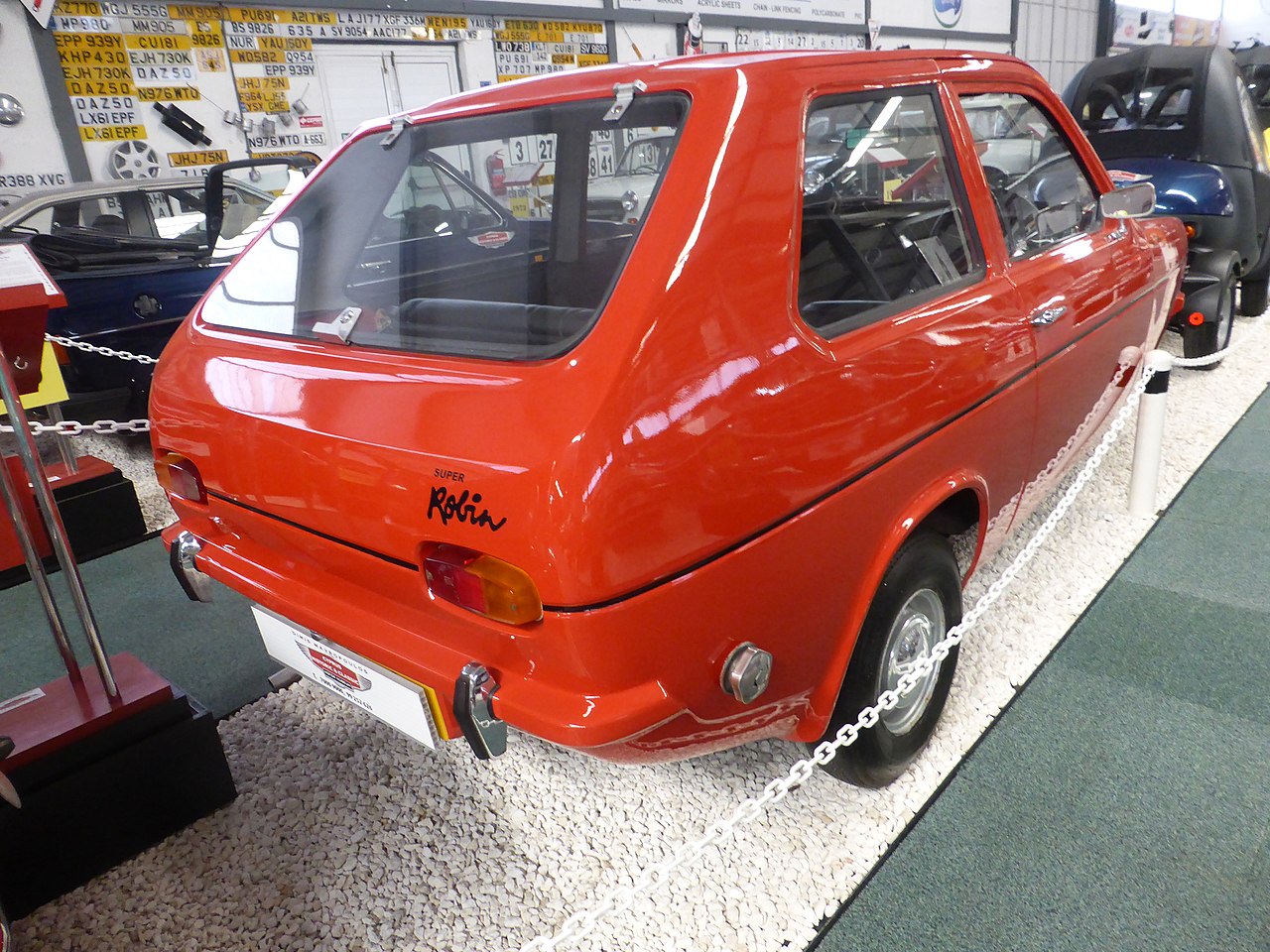 Andrew Bone, CC BY 2.0, Wikimedia Commons
Andrew Bone, CC BY 2.0, Wikimedia Commons
The Robin’s Controversial Voting Titles
The Reliant Robin holds the rare distinction of being both loved and laughed at in equal measure. In a 2013 poll, it was crowned the worst British car of all time—an honor its fans might argue is more about misunderstanding than merit. After all, it’s not every car that can claim the dubious honor of being both iconic and ridiculed.
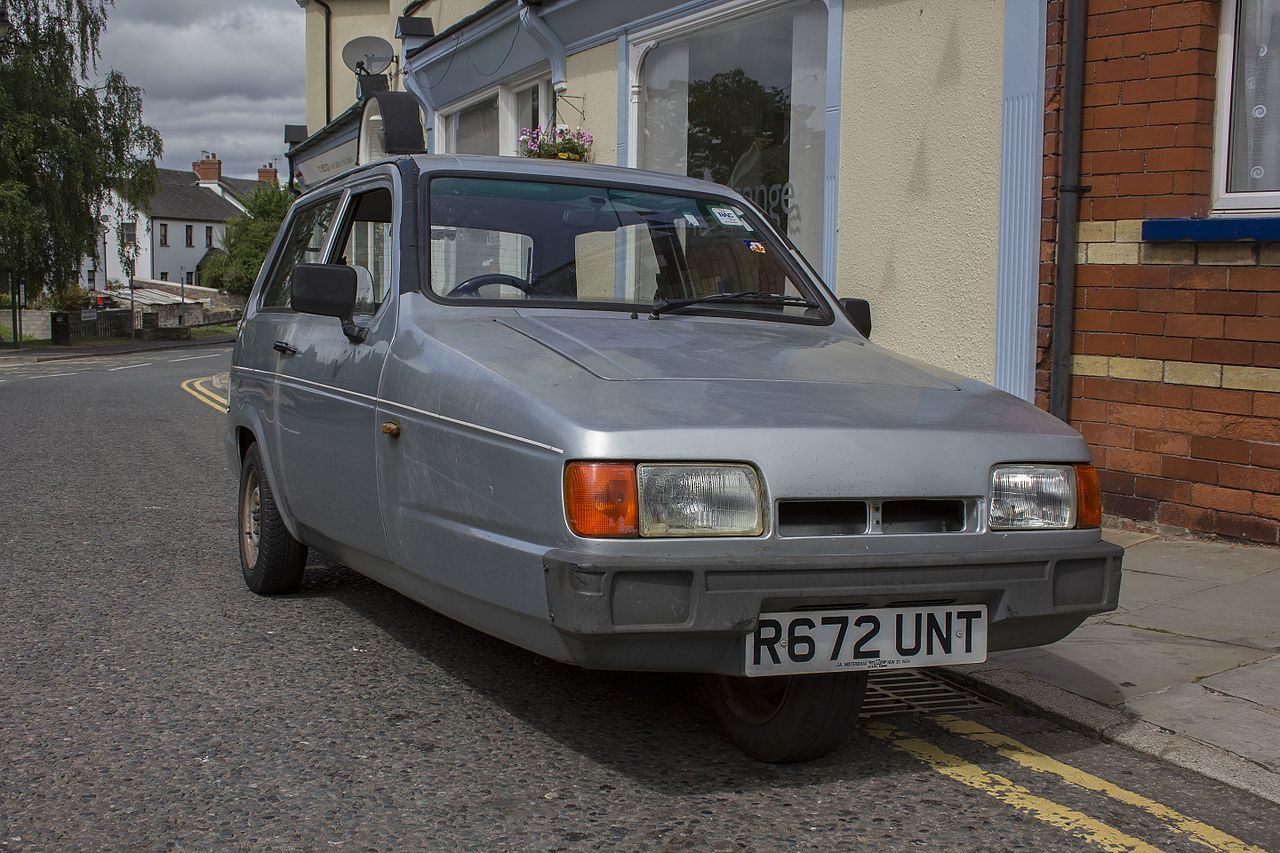 Jeremy Segrott, UK, CC BY 2.0, Wikimedia Commons
Jeremy Segrott, UK, CC BY 2.0, Wikimedia Commons
Named Among The Worst Cars Ever Made
When it comes to “worst car” lists, the Robin has earned its place in automotive infamy. It ranked eighth in an Auto Express poll and 13th on Edmunds.com’s all-time list, with critics pointing to its infamous instability as a key reason. But while its three wheels have drawn plenty of mockery, the Robin has turned bad press into lasting fame—because even on a “worst” list, it’s hard to ignore.
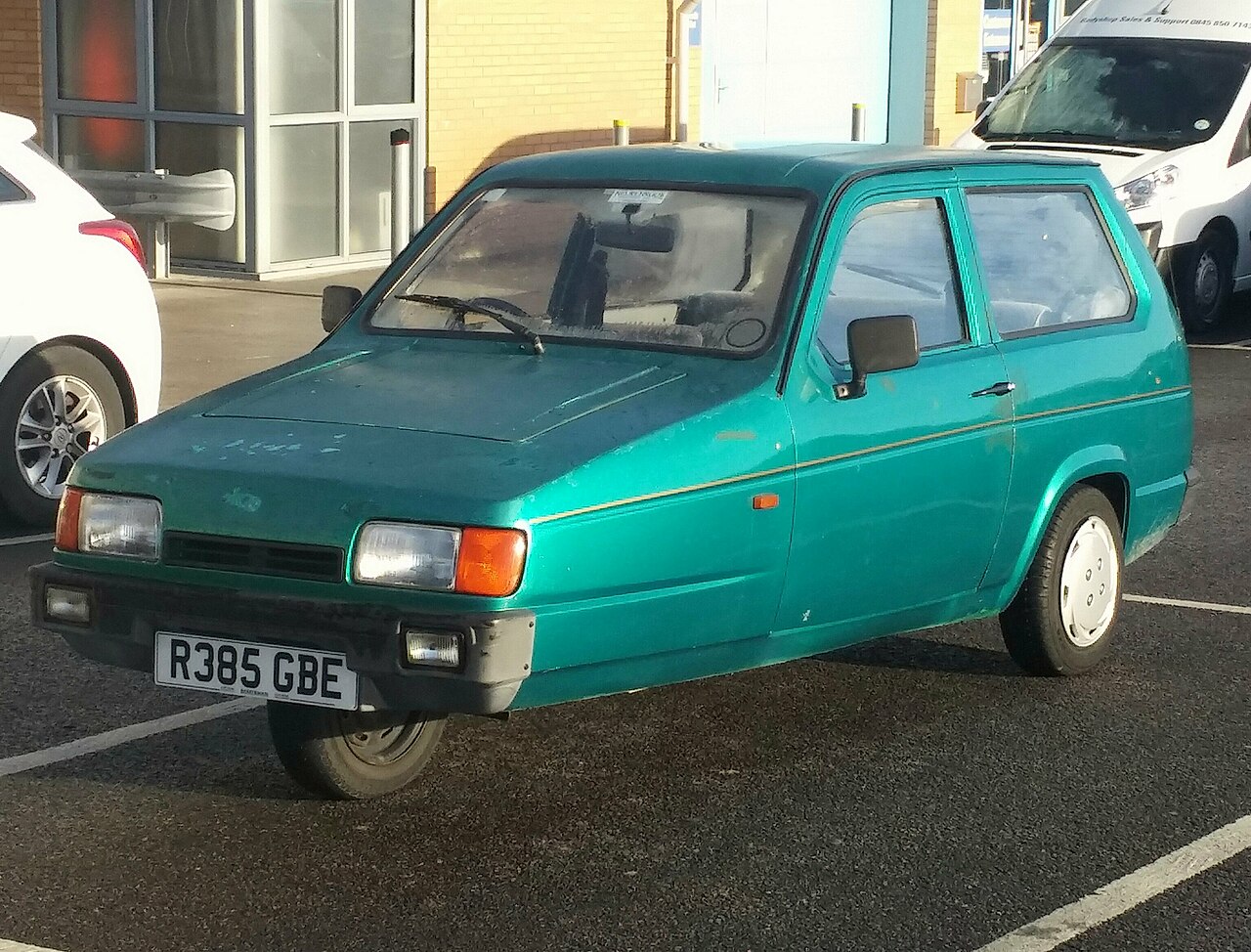 Andrew Bone, CC BY 2.0,Wikimedia Commons
Andrew Bone, CC BY 2.0,Wikimedia Commons
What Car Throttle Thought About The Robin
Car Throttle didn’t hold back, ranking the Robin as the second-worst car ever made in the UK. Its wobbly handling and niche appeal earned it plenty of criticism, but even Car Throttle couldn’t deny the Robin’s enduring charm. Love it or hate it, this three-wheeled wonder has secured its place in British automotive lore.
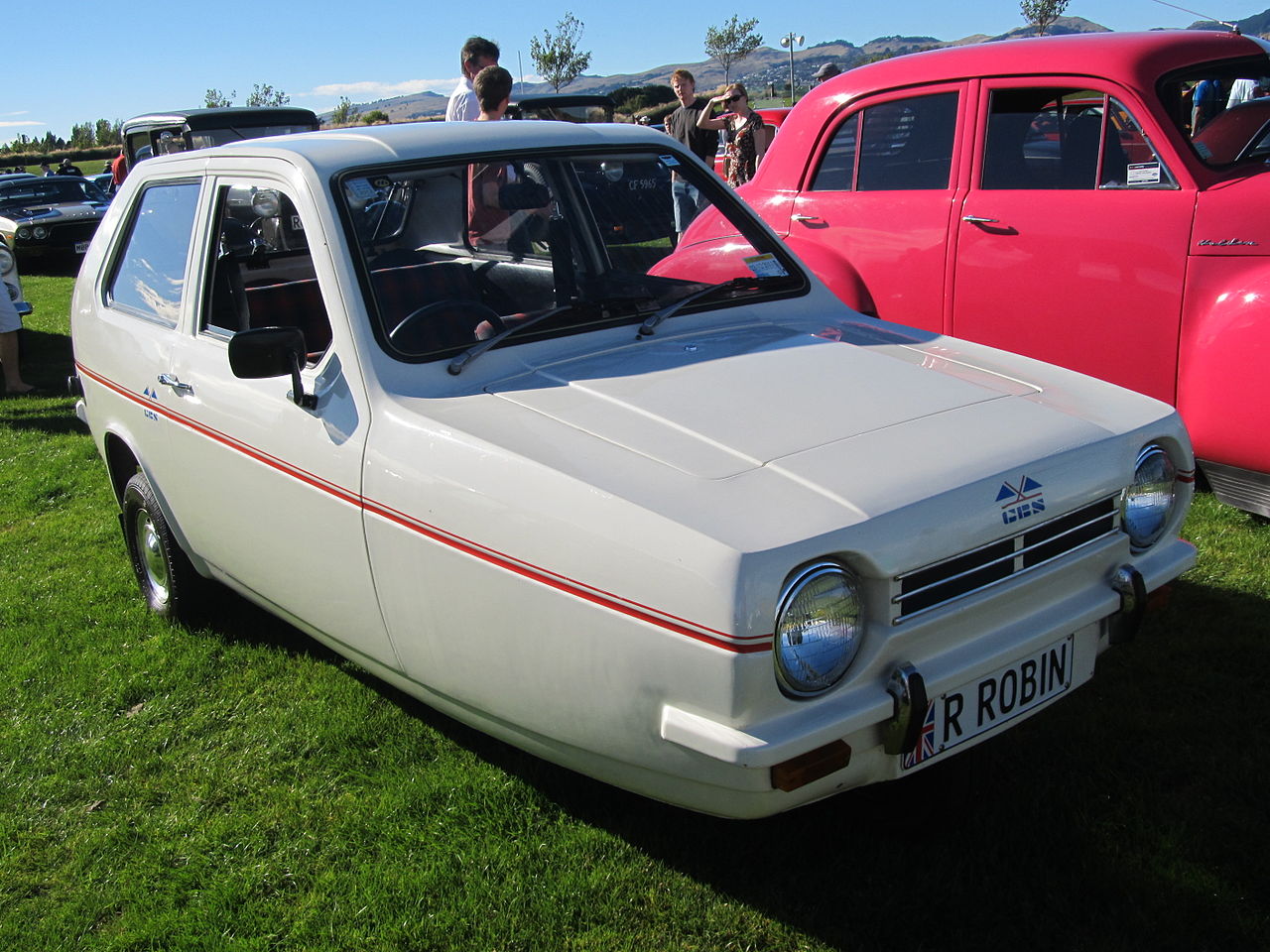 Riley, CC BY 2.0, Wikimedia Commons
Riley, CC BY 2.0, Wikimedia Commons
How Auto Express Ranked The Reliant Robin
Auto Express didn’t hold back when ranking the Reliant Robin among the top 10 worst cars of all time, landing it in eighth place. They humorously noted that the Robin was “missing more than a wheel,” poking fun at its infamous instability. Yet, despite the criticism—or perhaps because of it—the Robin has stayed relevant, proving that even the “worst” cars can achieve lasting fame.
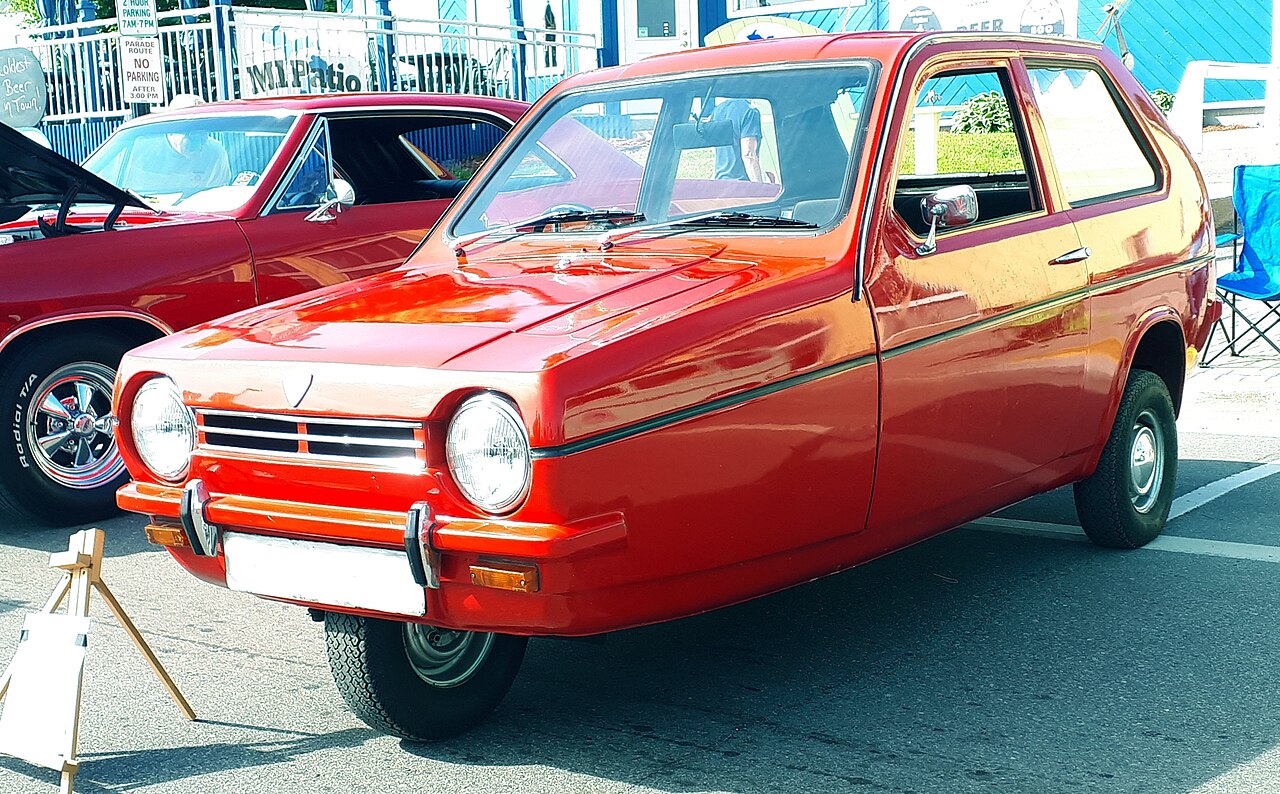 SsmIntrigue, CC BY-SA 4.0, Wikimedia Commons
SsmIntrigue, CC BY-SA 4.0, Wikimedia Commons
The Robin’s Starring Role In Only Fools And Horses
If you’ve seen Only Fools and Horses, you’ll remember Del Boy’s yellow Reliant Supervan III. This little car became a comedy icon, as much a character as Del Boy and Rodney themselves. It’s proof that the Robin could be both hilarious and lovable.
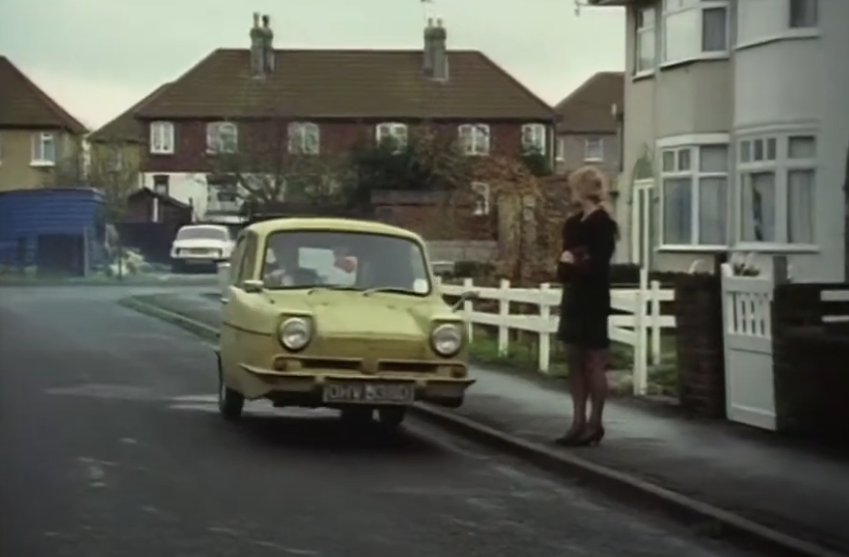 BBC, Only Fools and Horses (1981–2003)
BBC, Only Fools and Horses (1981–2003)
A Symbol Of British Eccentricity And Humor
The Reliant Robin is more than a car—it’s an emblem of British eccentricity. Its three wheels, lightweight fiberglass body, and unapologetically unconventional design embody the British ability to laugh at themselves while embracing the unconventional. Loved, mocked, and endlessly remembered, the Robin invites everyone to celebrate its oddball charm.
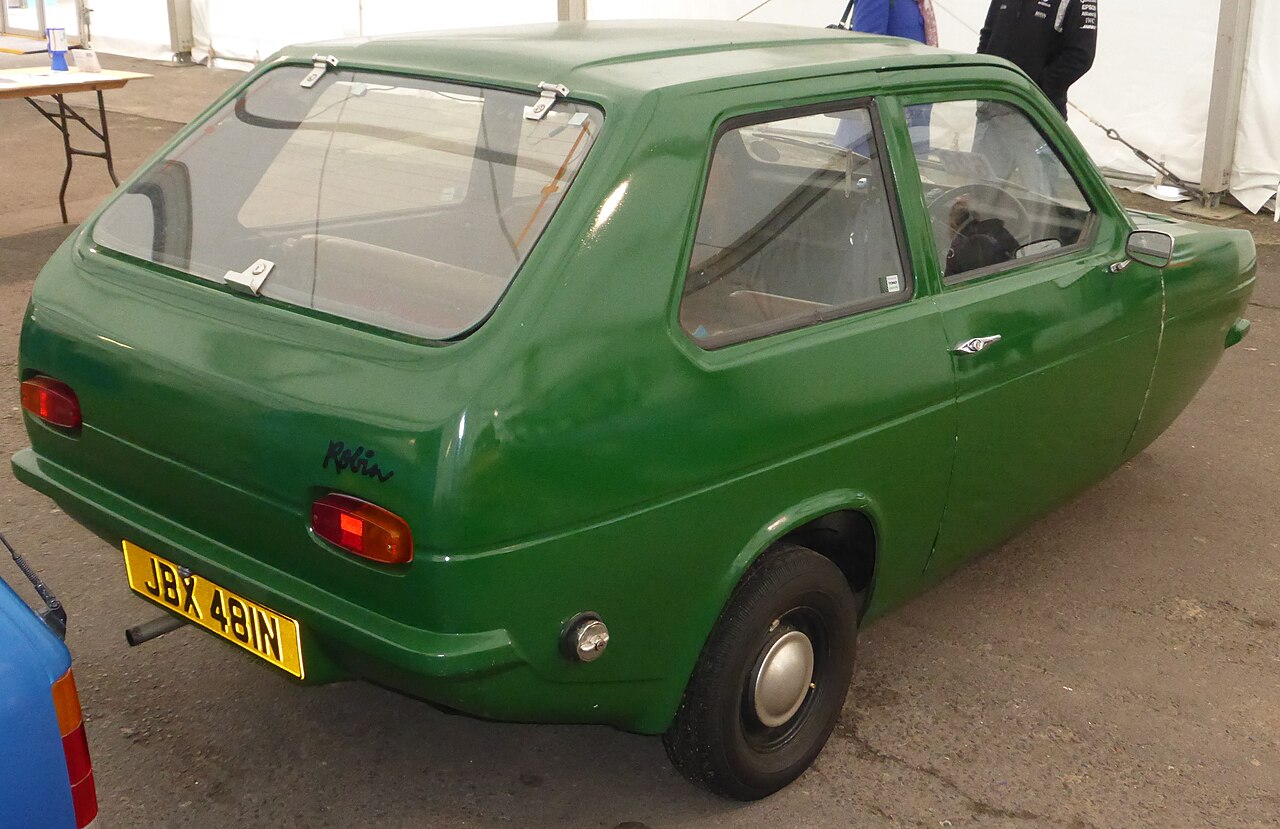 andreboeni, CC BY 2.0, Wikimedia Commons
andreboeni, CC BY 2.0, Wikimedia Commons
The Engineering Behind Three-Wheeled Cars
Why three wheels? For the Reliant Robin, it came down to simplicity and affordability. The three-wheeled design qualified it for lower motorcycle taxes and allowed drivers with motorcycle licenses to take the wheel, making it a budget-friendly choice. Sure, the single front wheel posed stability challenges, but it also gave the Robin its distinctive charm. Sometimes, engineering isn’t about perfection—it’s about personality.
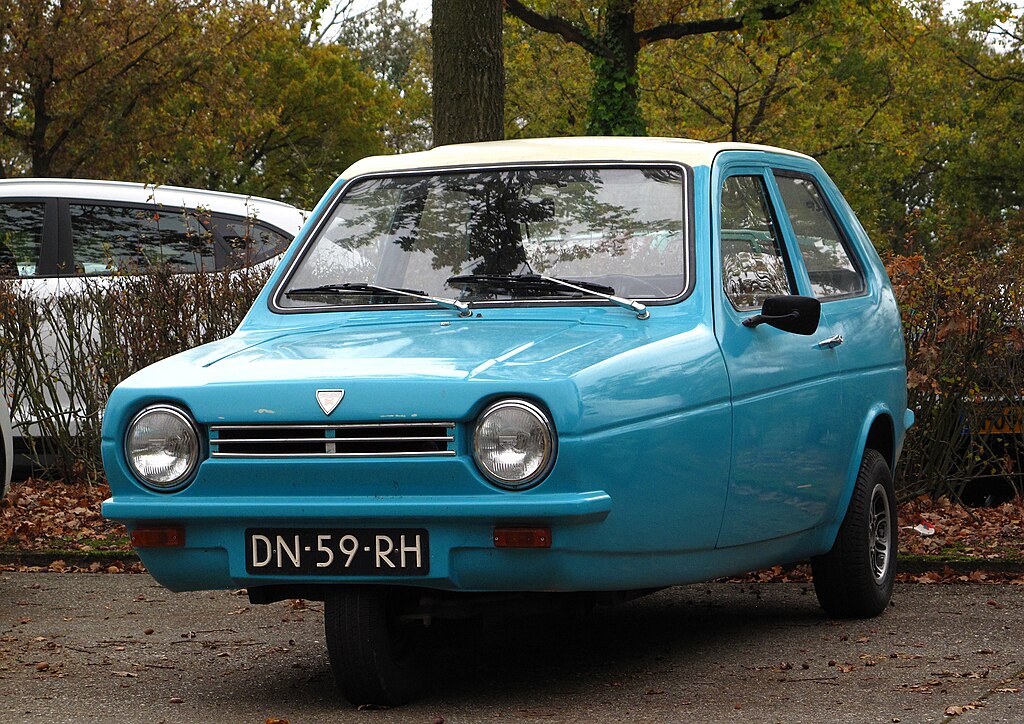 Rutger van der Maar, CC BY 2.0, Wikimedia Commons
Rutger van der Maar, CC BY 2.0, Wikimedia Commons
How The Robin Paved The Way For Reliant Rialto
When the Reliant Robin retired in 1981, it passed the torch to the Reliant Rialto. Building on the Robin’s foundation, the Rialto introduced improvements in stability and design while keeping the three-wheeled concept alive. With updated features and a more modern look, the Rialto carried forward Reliant’s legacy of creating unconventional yet practical vehicles.
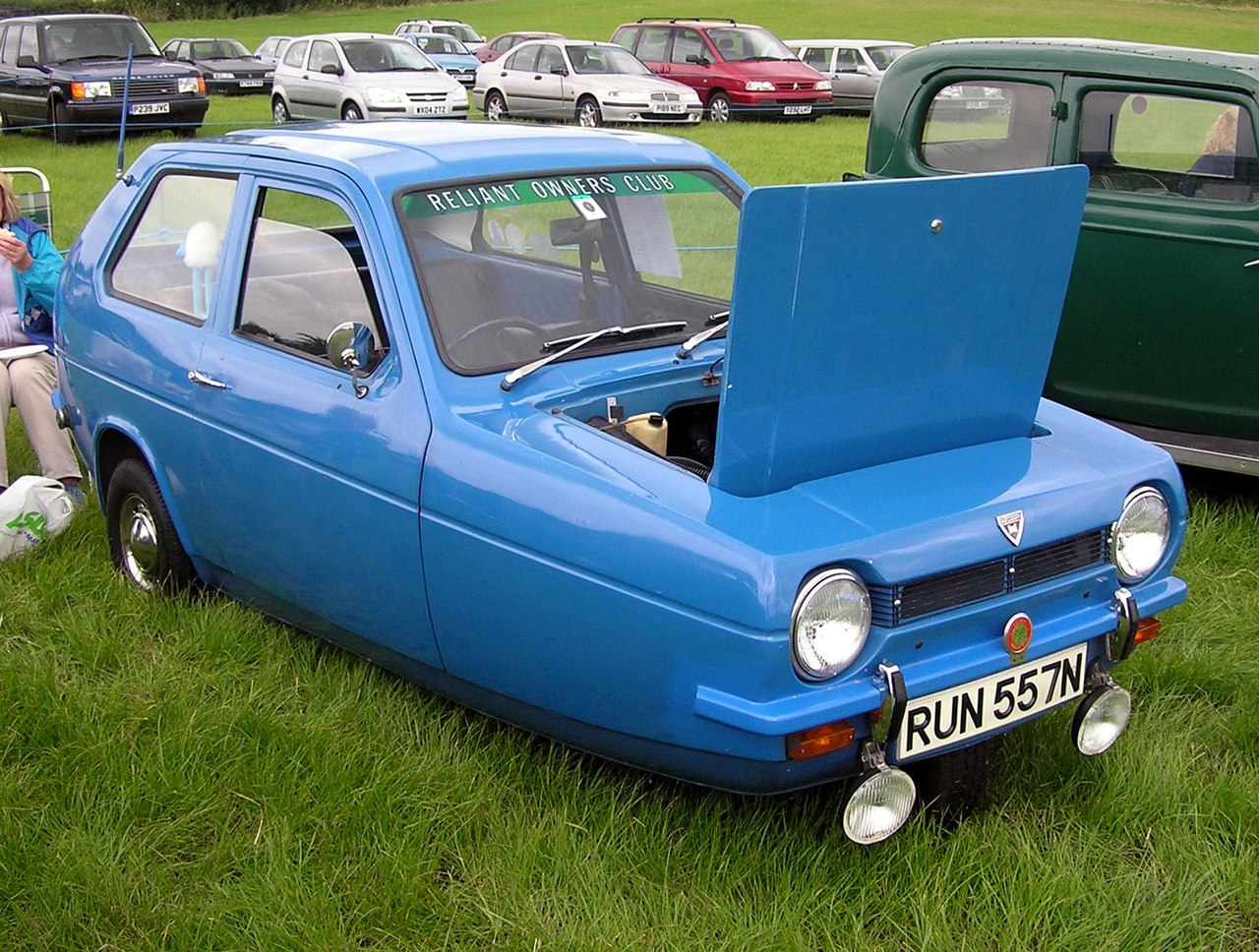 Arpingstone, Wikimedia Commons
Arpingstone, Wikimedia Commons
The Influence Of Reliant Robin On Microcar Culture
The Reliant Robin wasn’t just a car—it was a microcar movement. By bridging the gap between motorcycles and full-sized vehicles, it showed that compact cars could be practical and affordable. Its lightweight design and minimalist engineering inspired future microcar innovations, proving that small could be both efficient and lovable. Even today, the Robin is a touchstone for enthusiasts who appreciate the artistry of doing more with less.
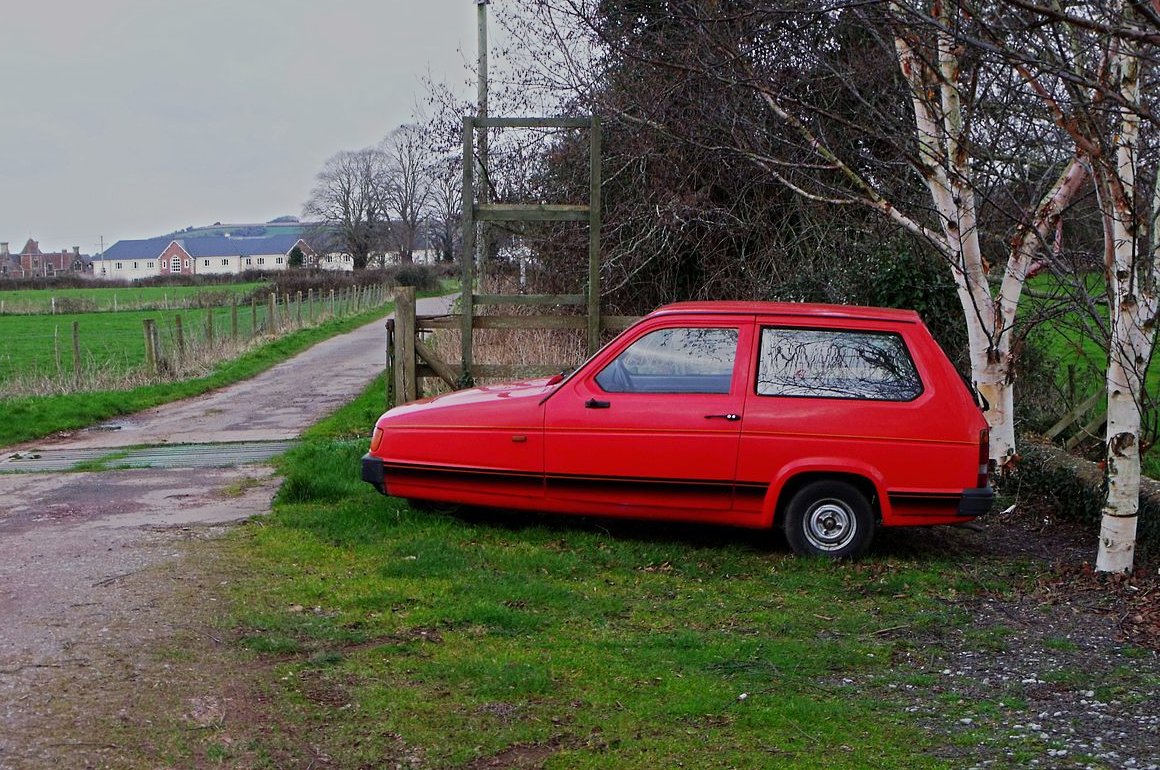 grassrootsgroundswell, CC BY 2.0,Wikimedia Commons
grassrootsgroundswell, CC BY 2.0,Wikimedia Commons
Why The Robin Never Broke Into The American Market
The Reliant Robin may have found fame (or infamy) in the UK, but it never quite made its way across the pond. Why? For starters, the three-wheeled design, while a quirky draw in Europe, didn’t align with American tastes, where bigger and bolder vehicles ruled the roads. The Robin’s lightweight fiberglass body and modest engine also raised concerns about safety and performance, making it a tough sell in a market dominated by high-speed highways. Add in stricter US safety regulations, and the Robin’s chances of an American adventure were slim to none.
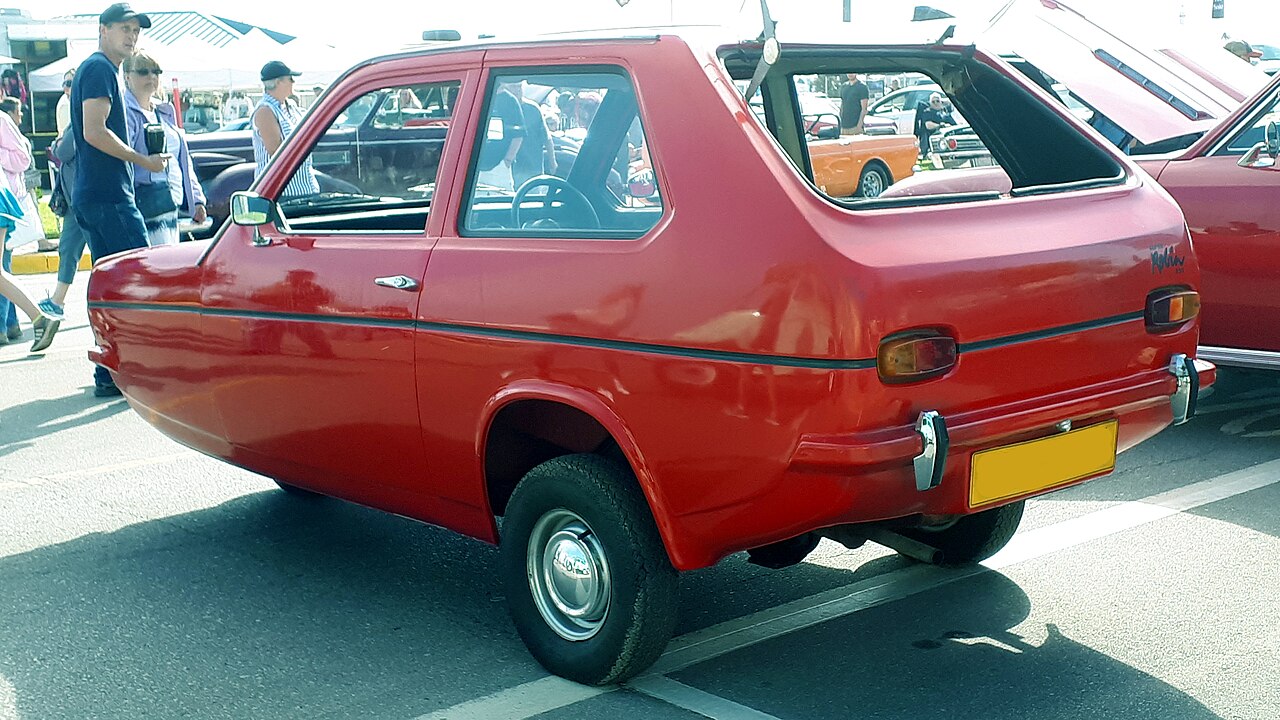 SsmIntrigue, CC BY-SA 4.0, Wikimedia Commons
SsmIntrigue, CC BY-SA 4.0, Wikimedia Commons
Why The Reliant Robin’s Story Lives On
The Reliant Robin may have rolled off production lines decades ago, but its legacy is as strong as ever. With its unforgettable design, appearances in pop culture, and enduring status as a symbol of British eccentricity, the Robin refuses to fade into obscurity. Whether you see it as an automotive oddball or a piece of history, one thing’s for sure: the Robin has a permanent place in the history of automotive history.


